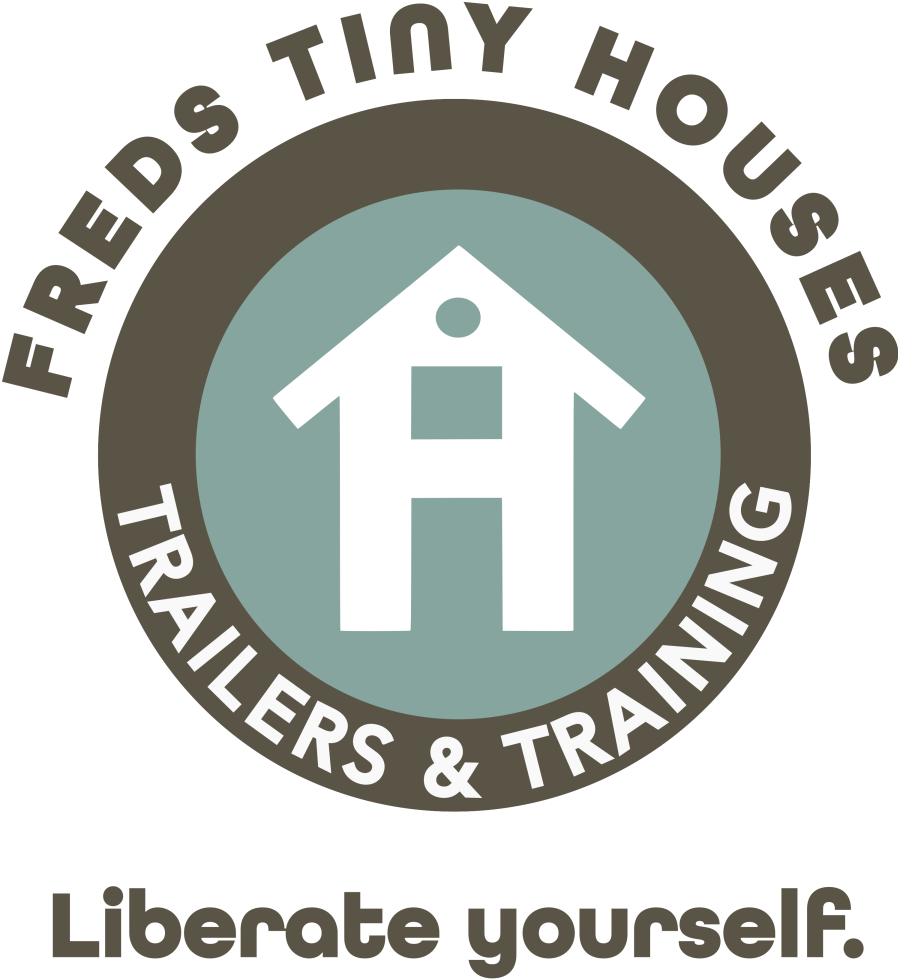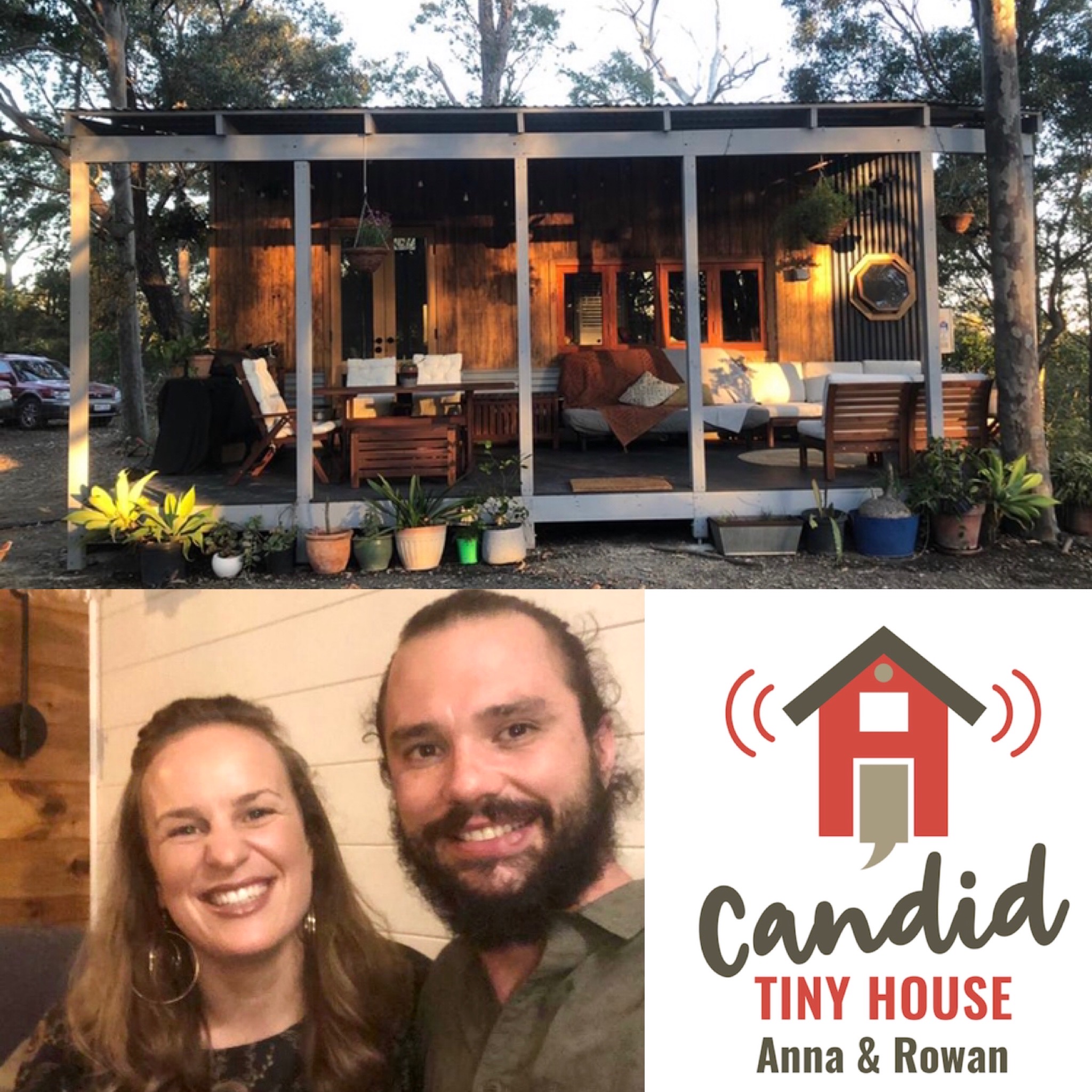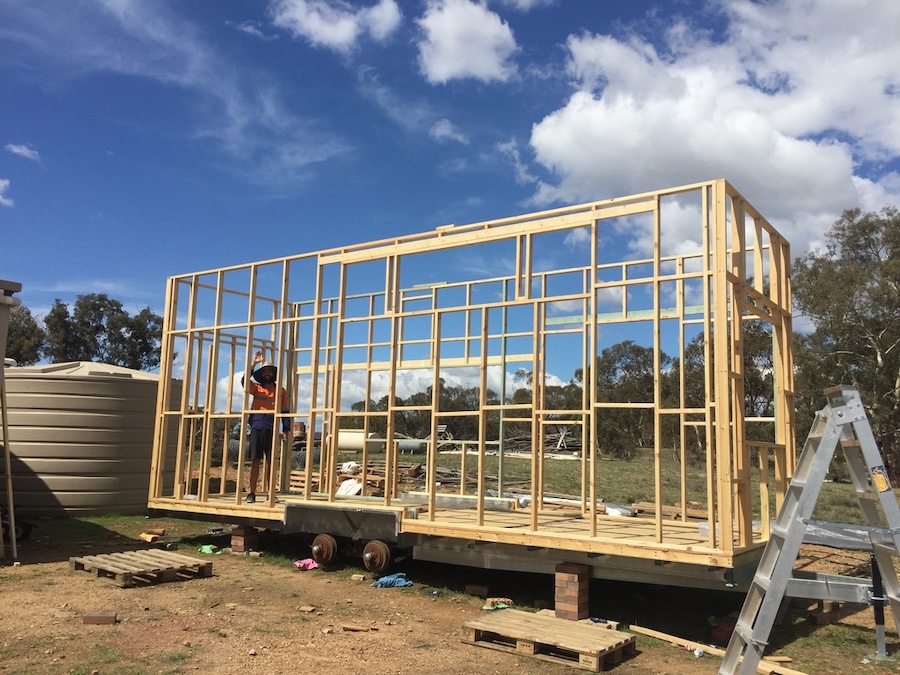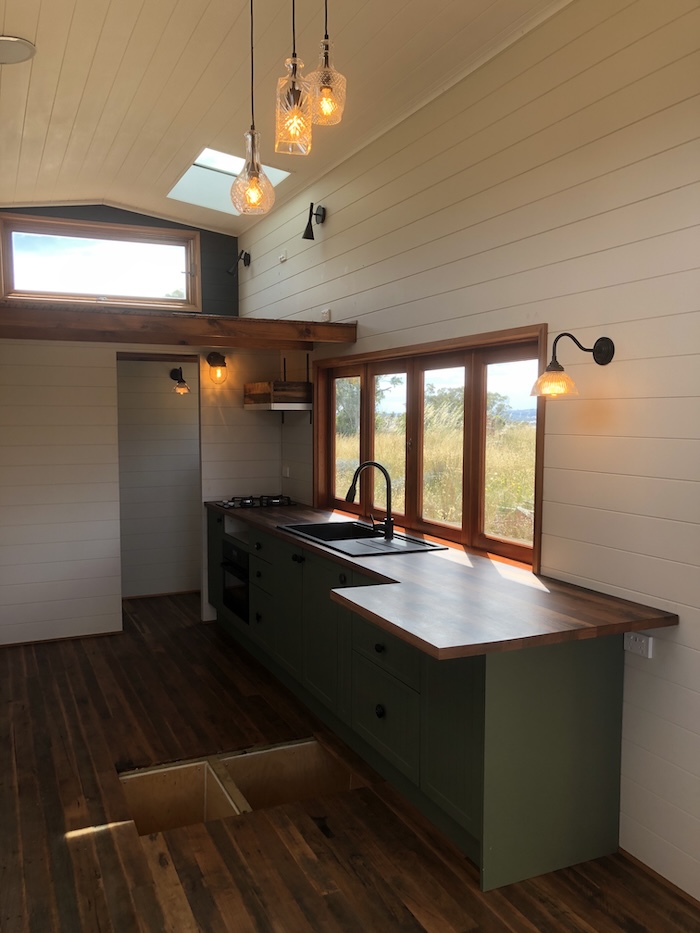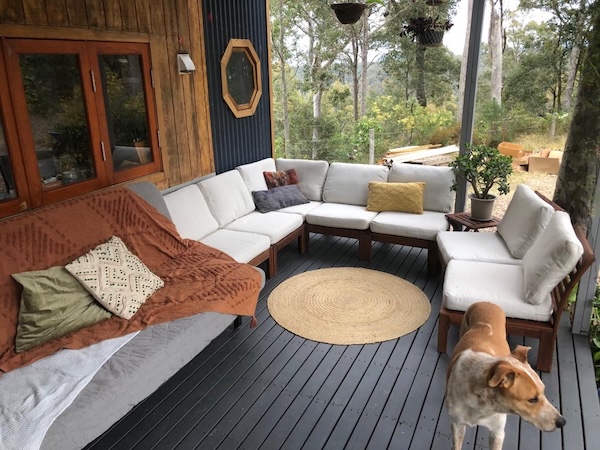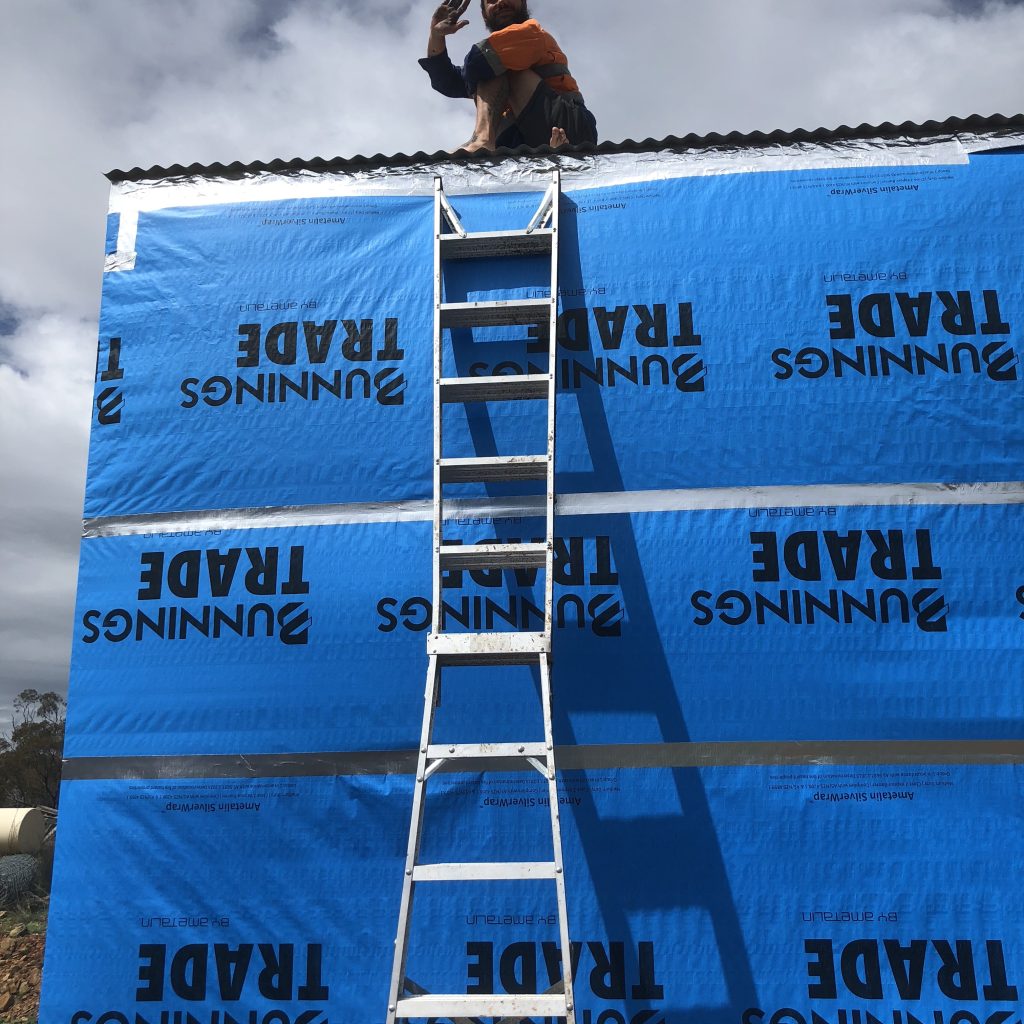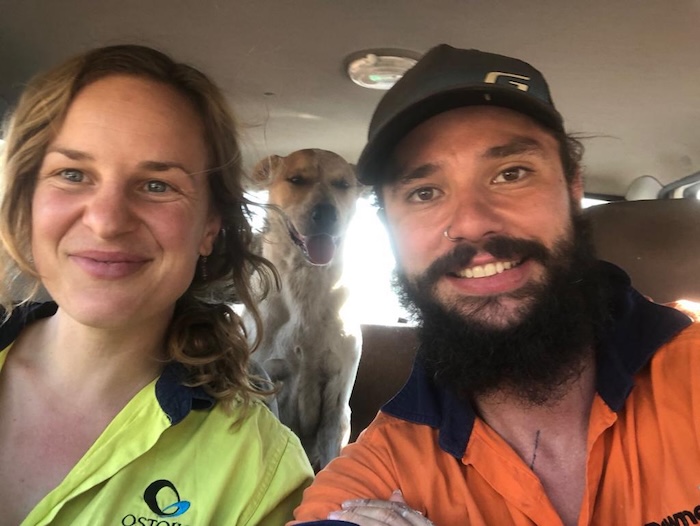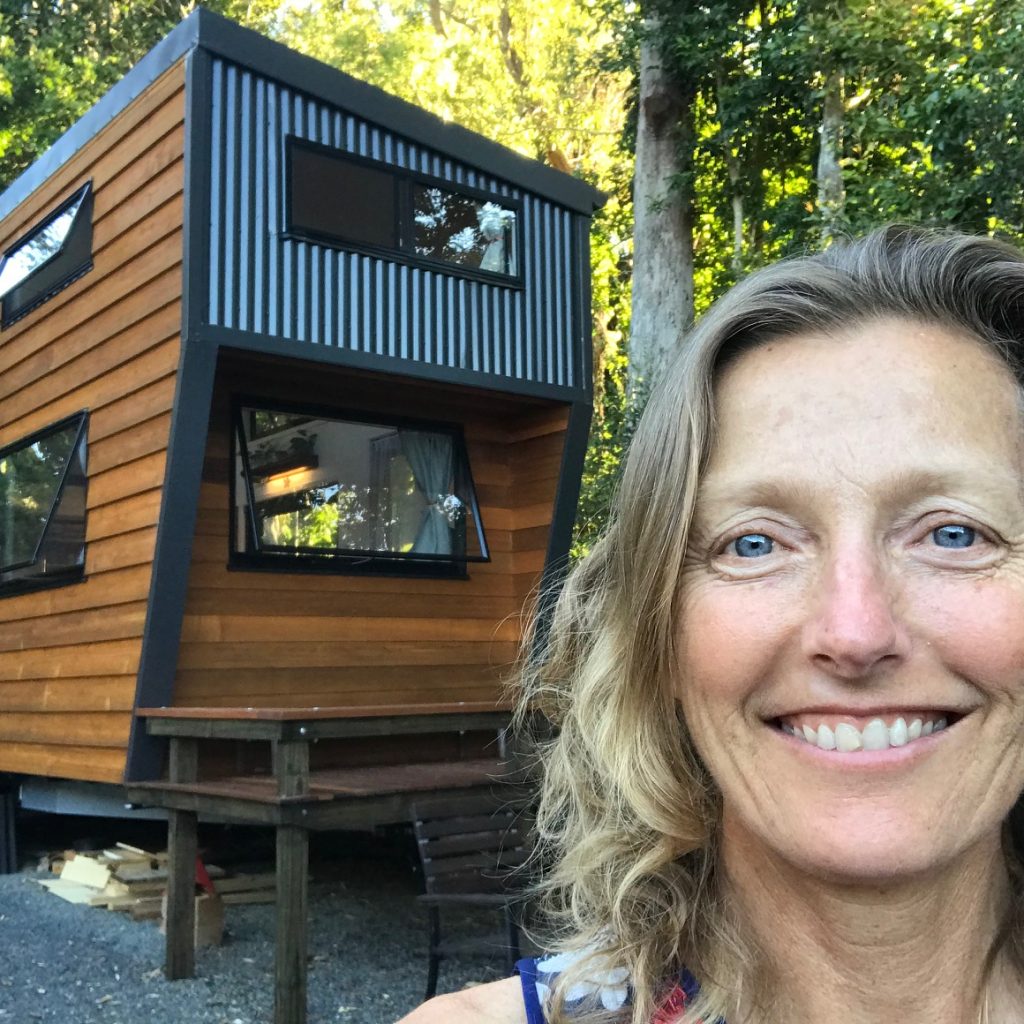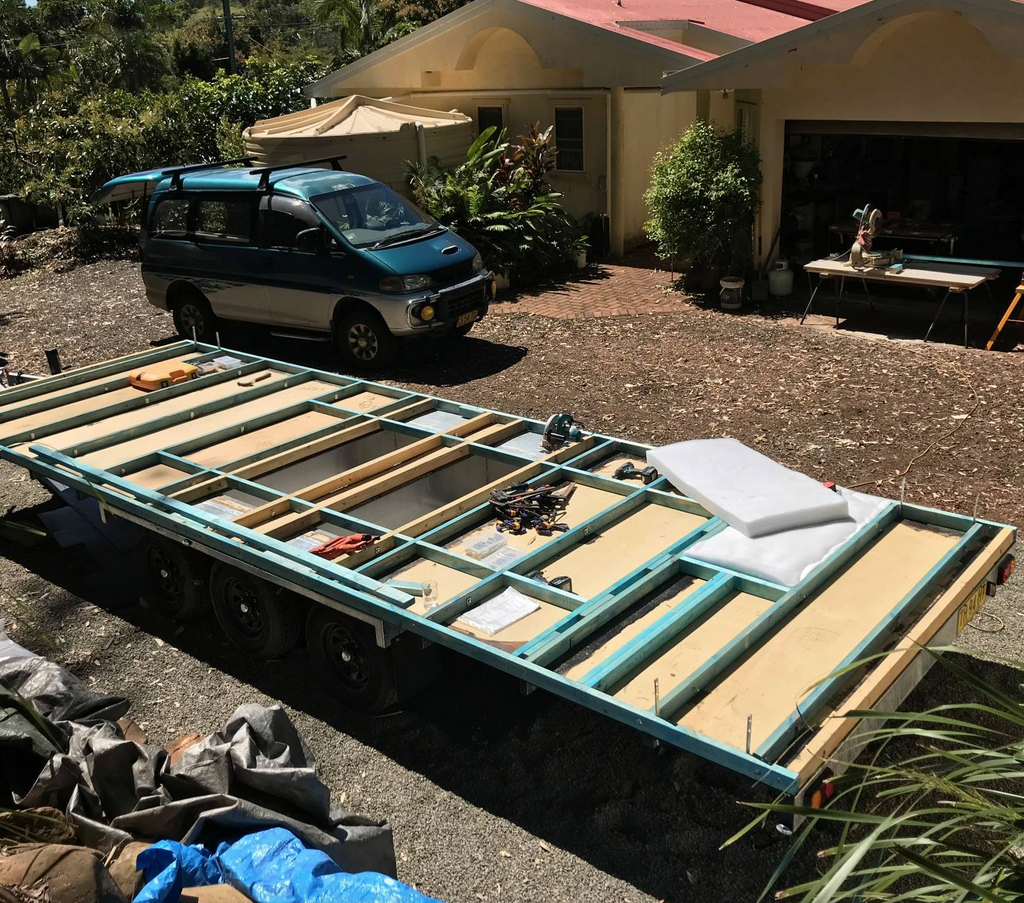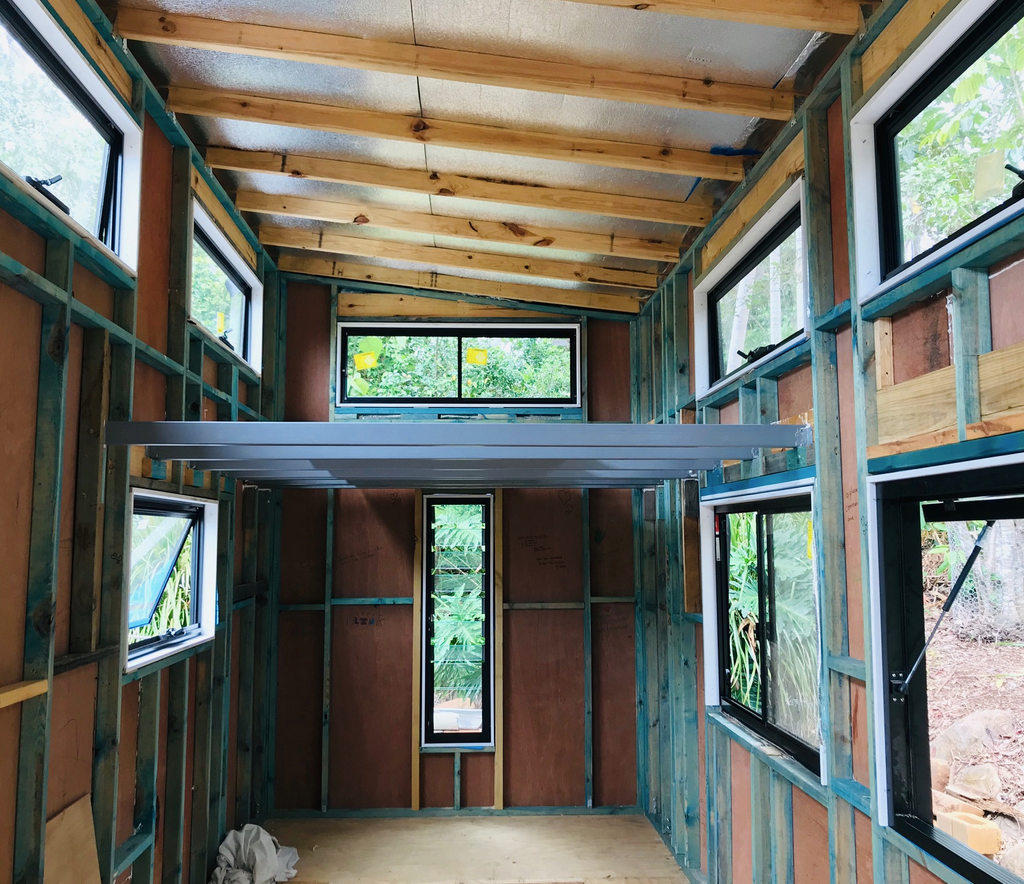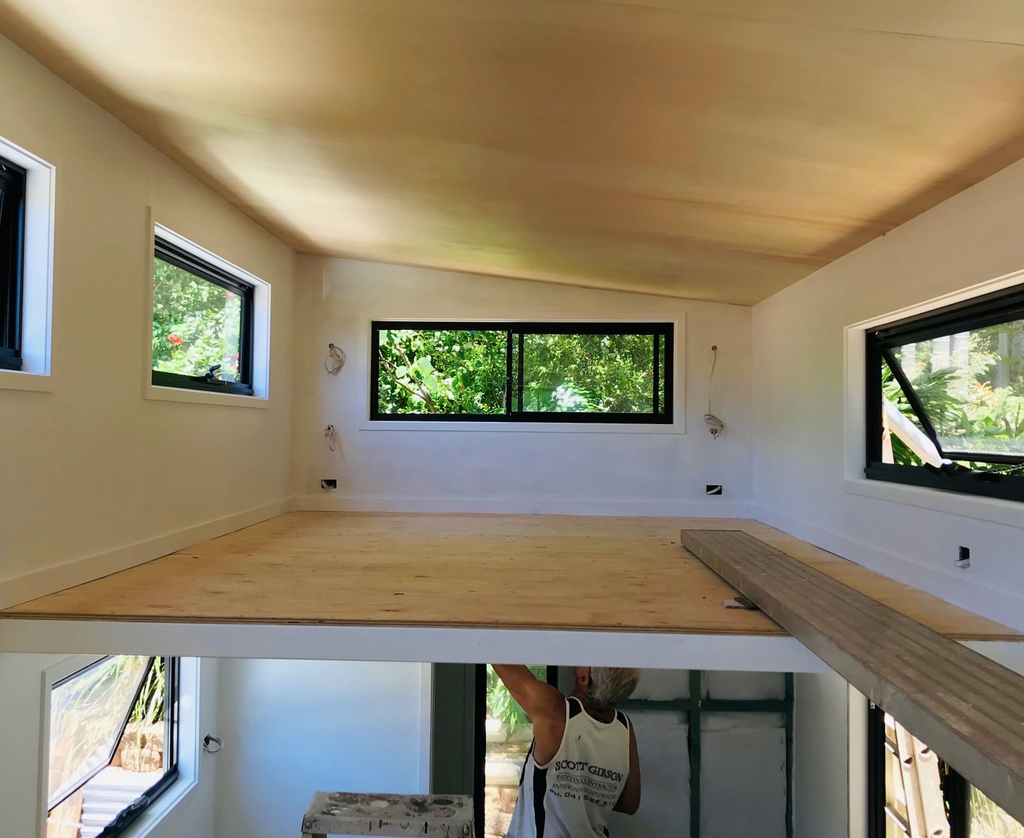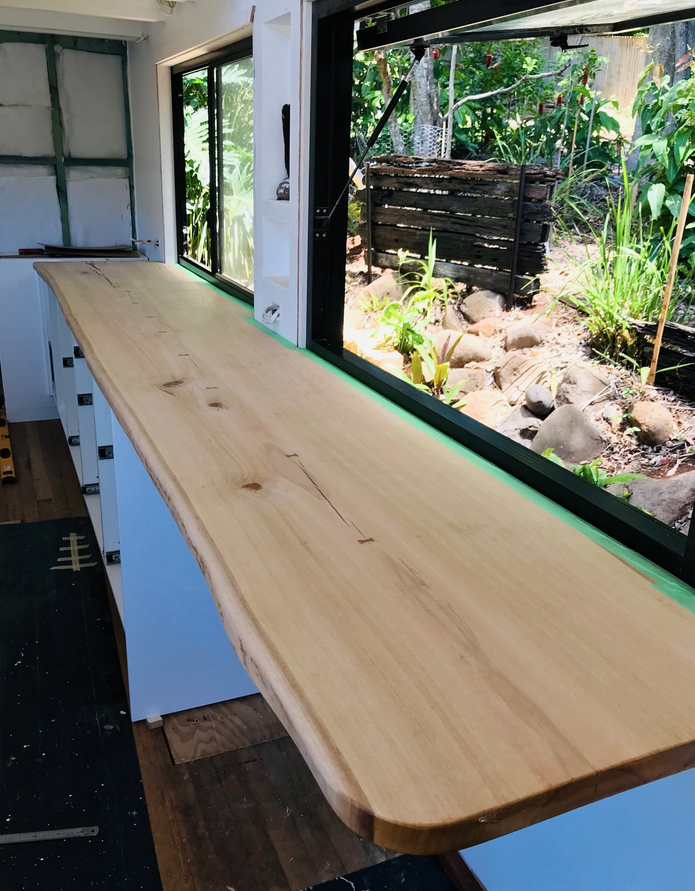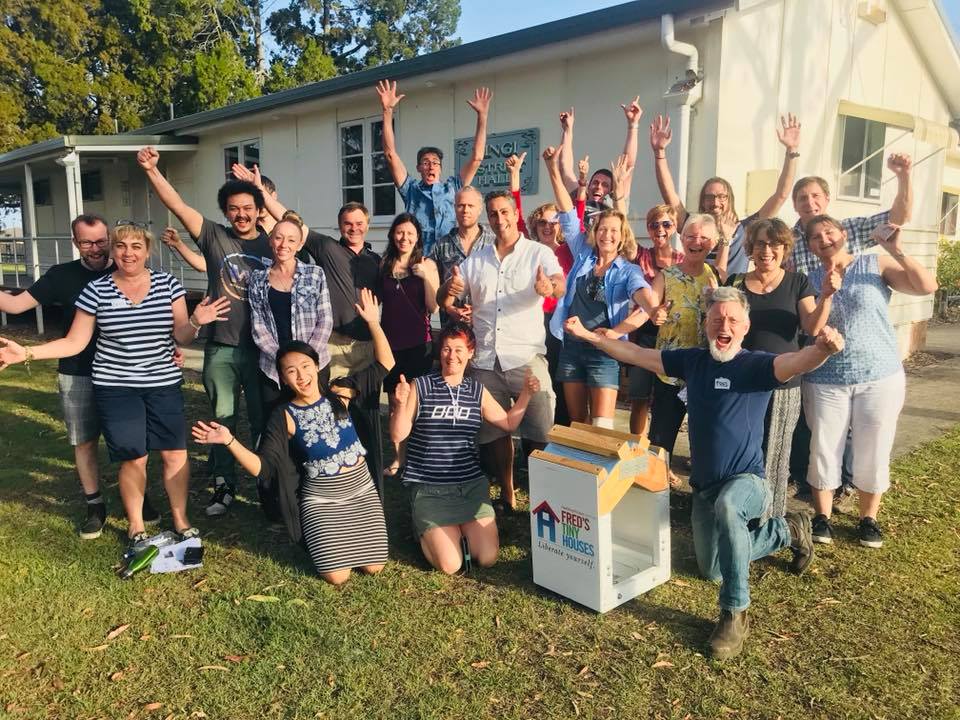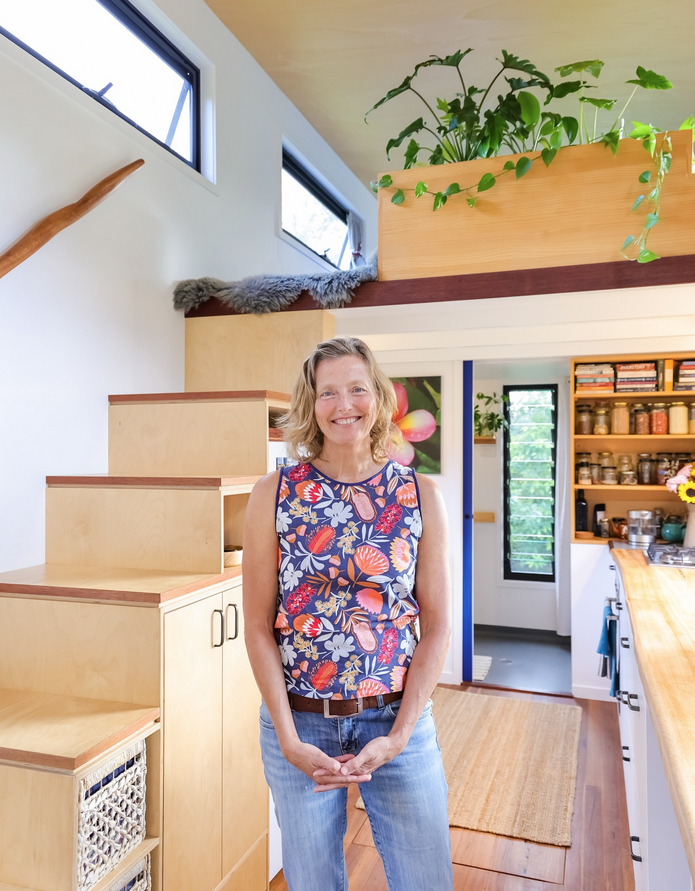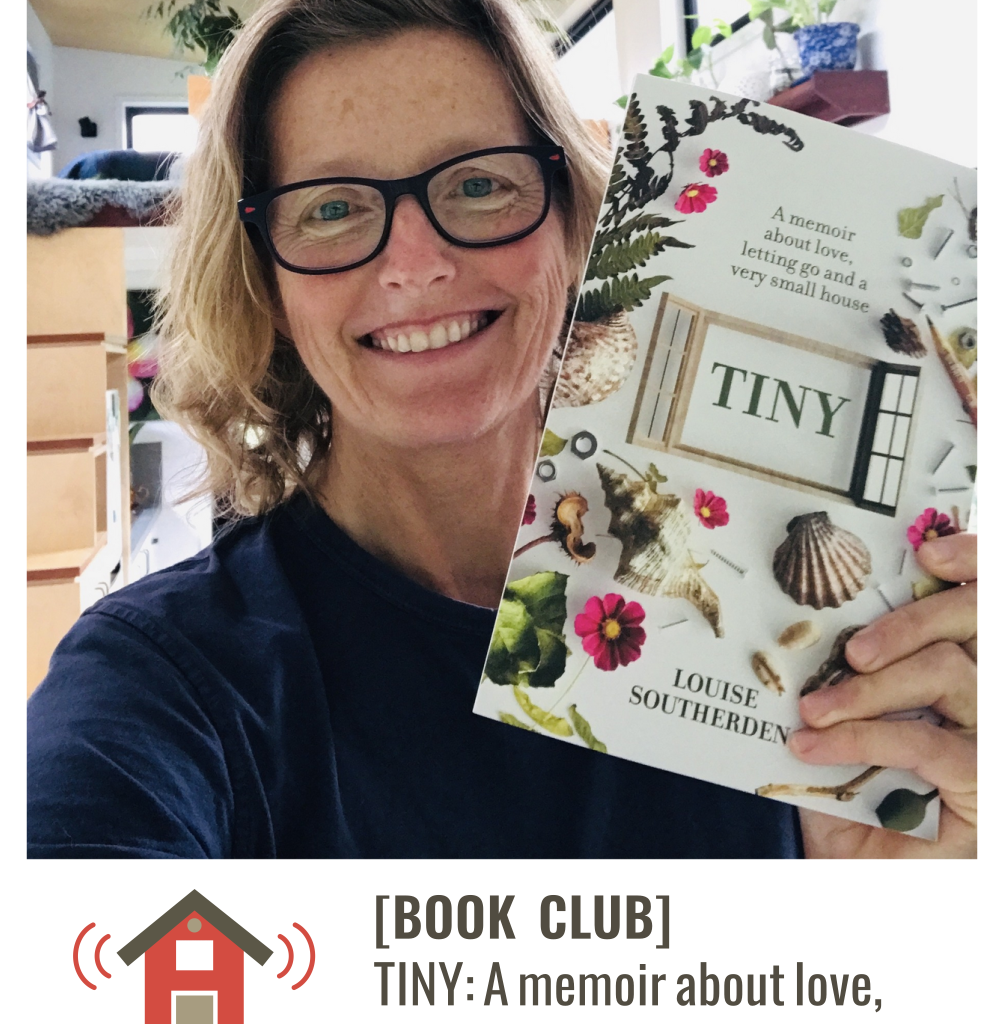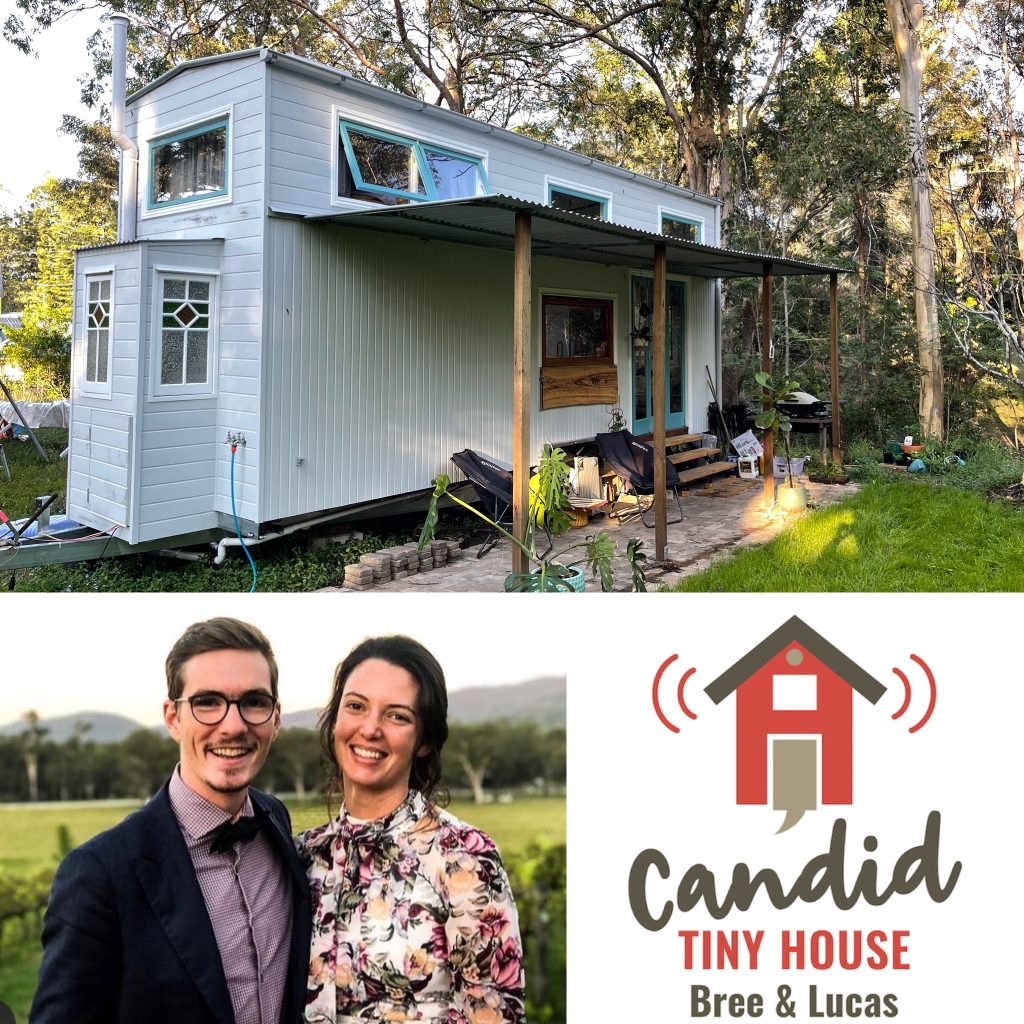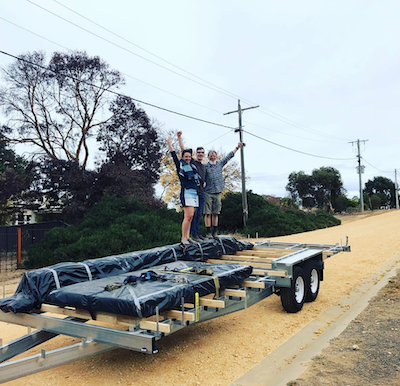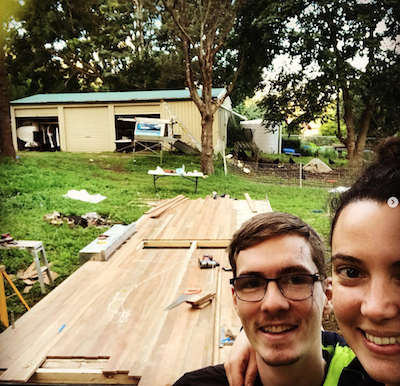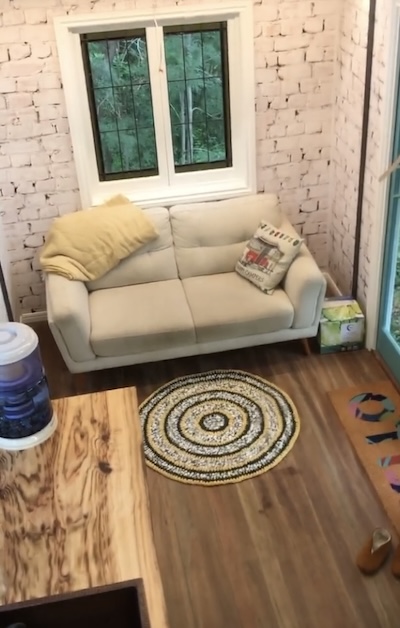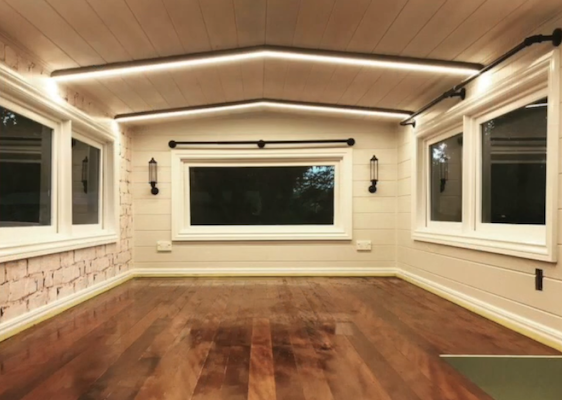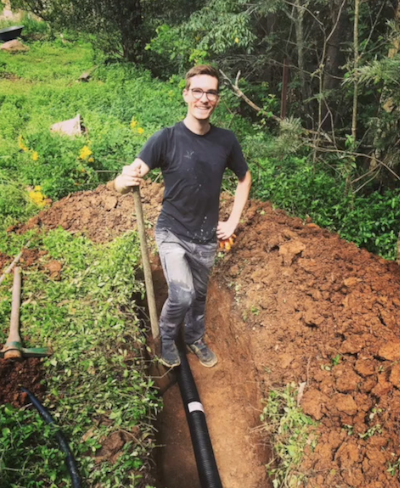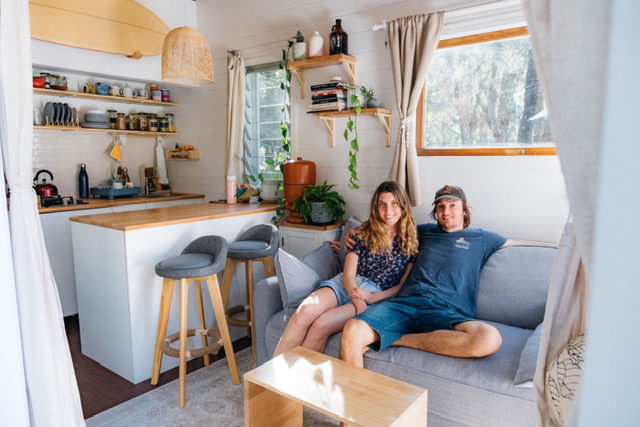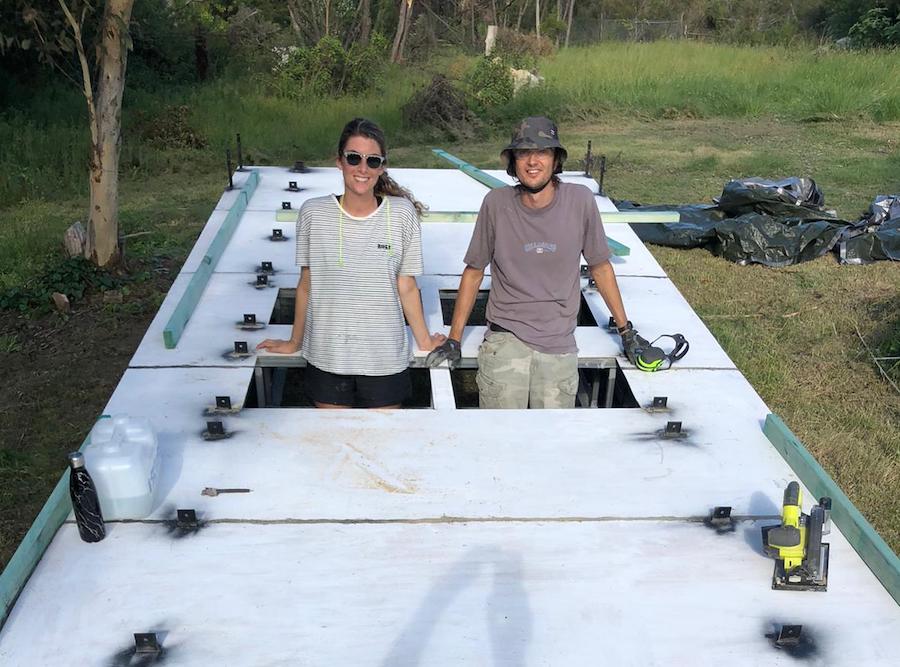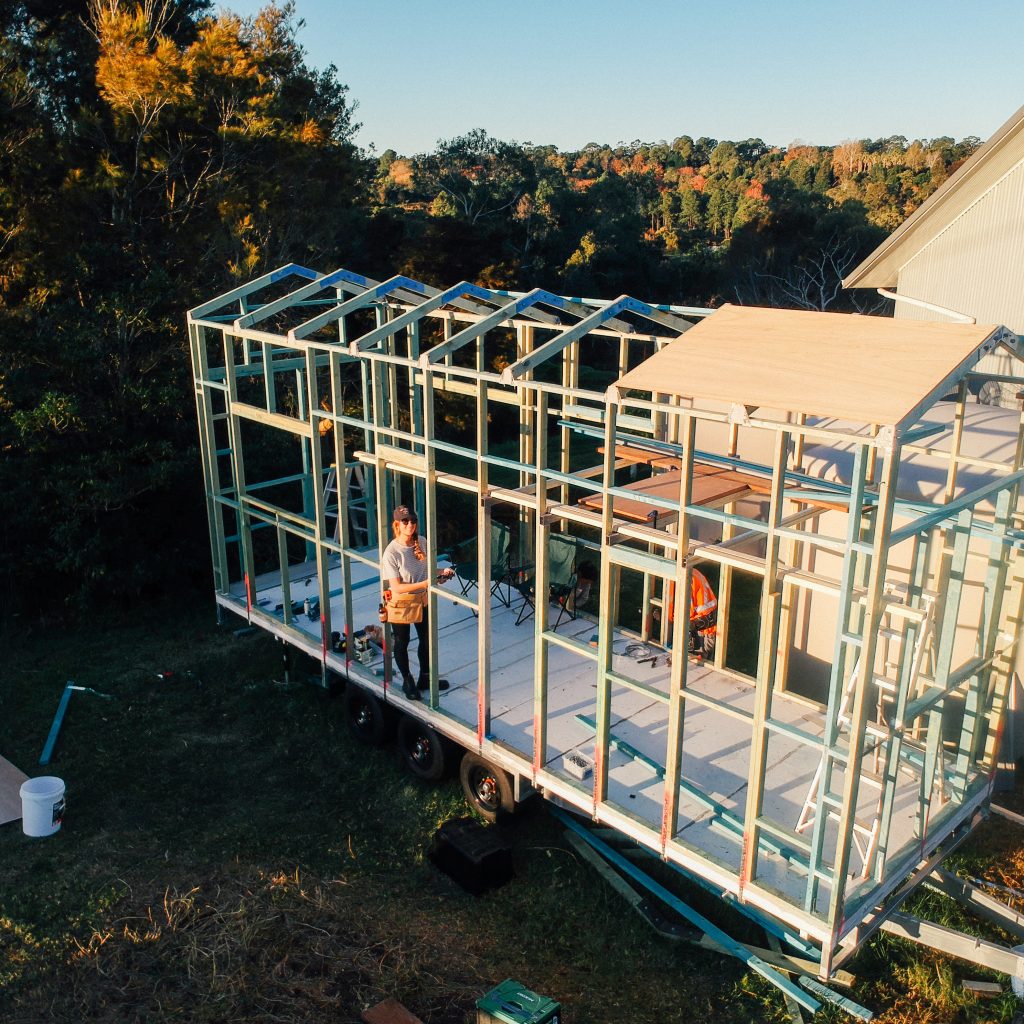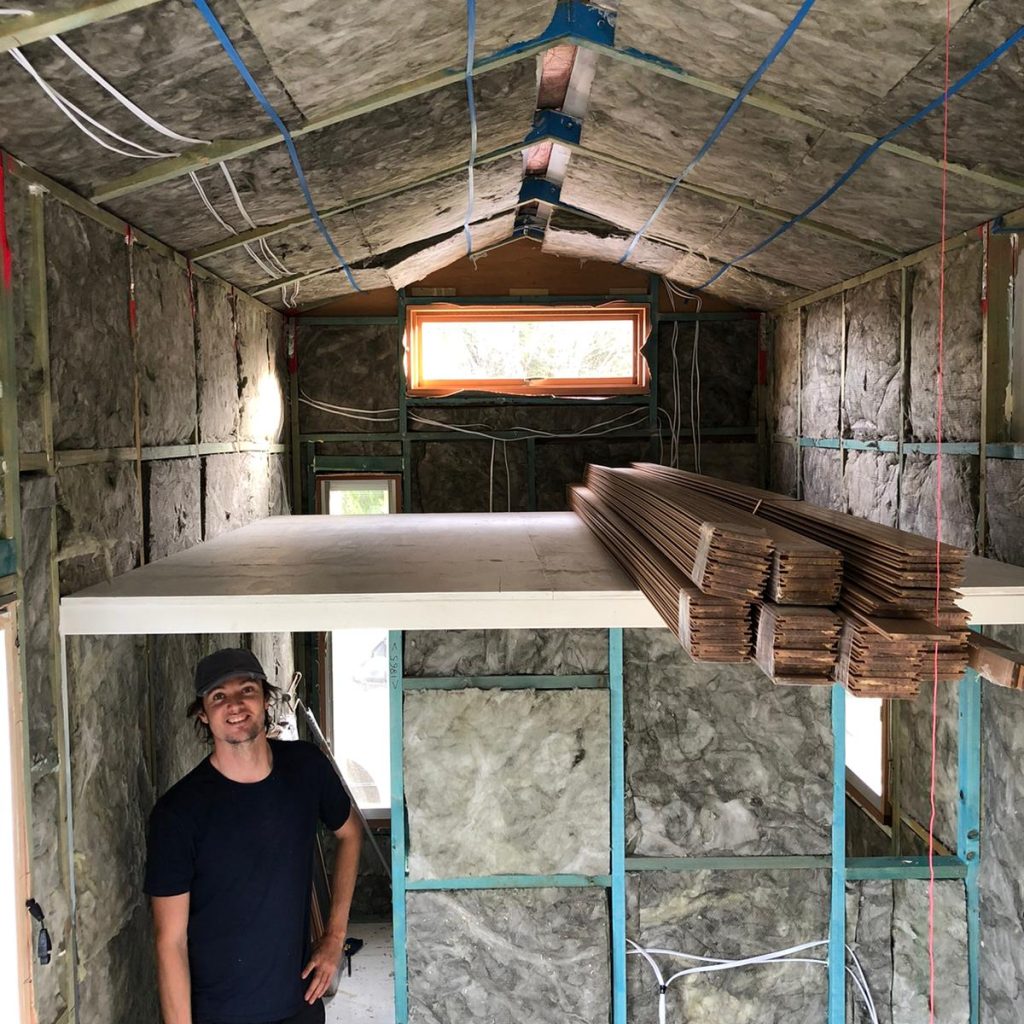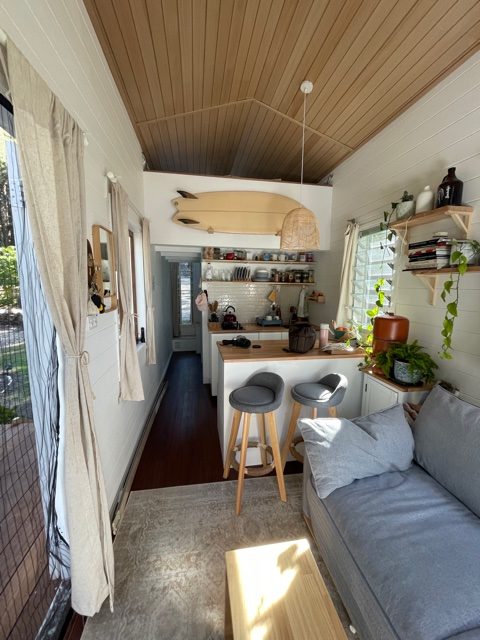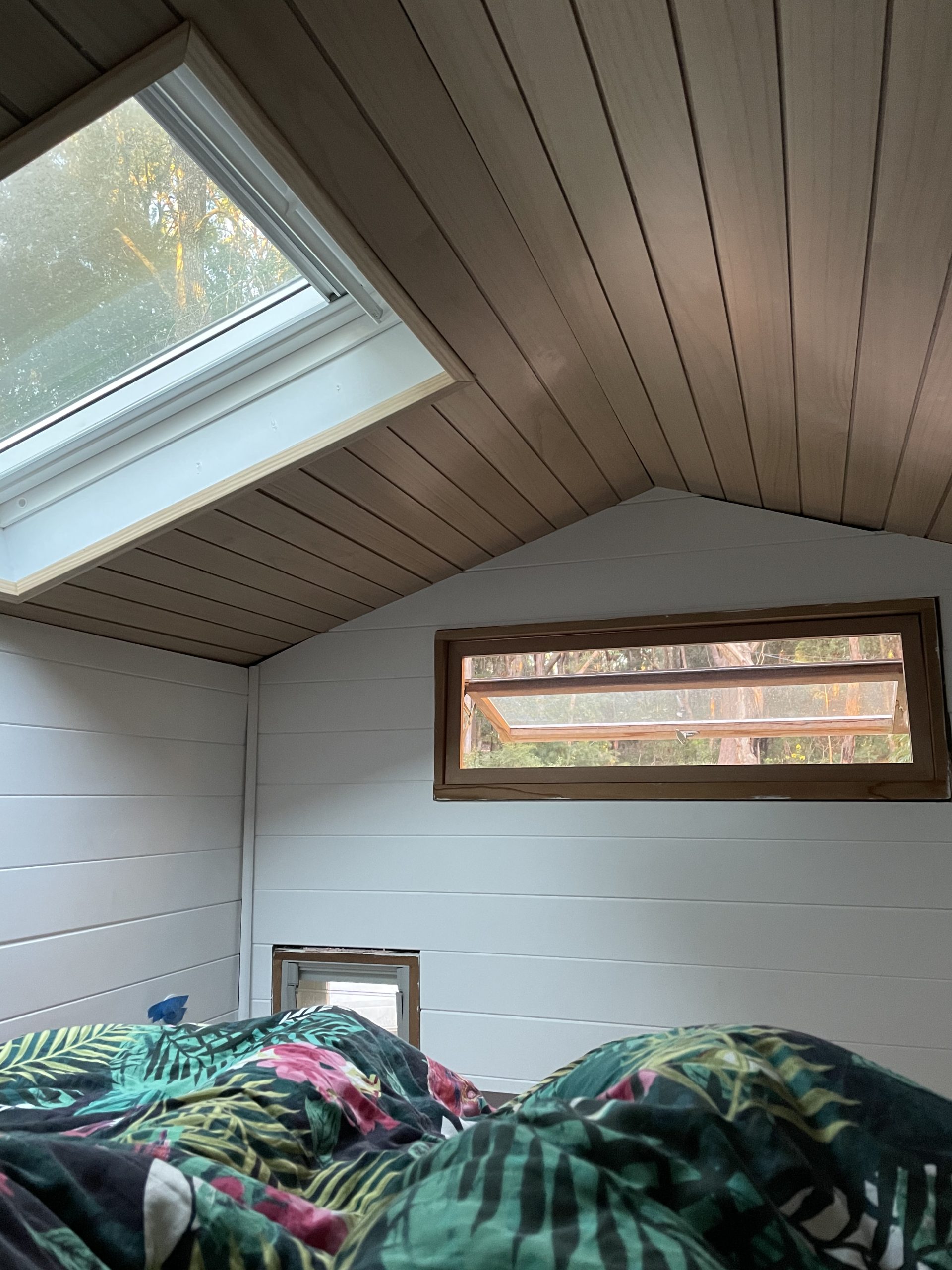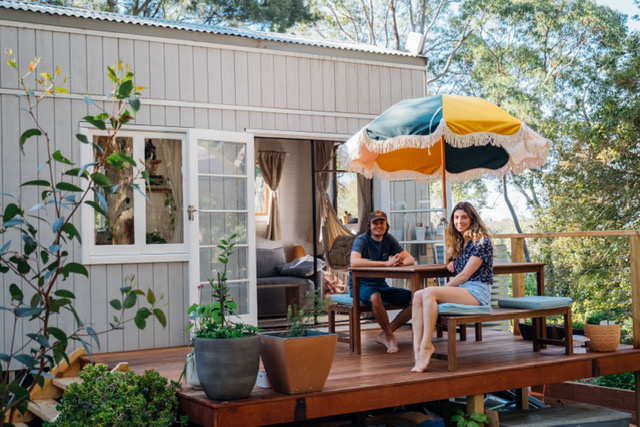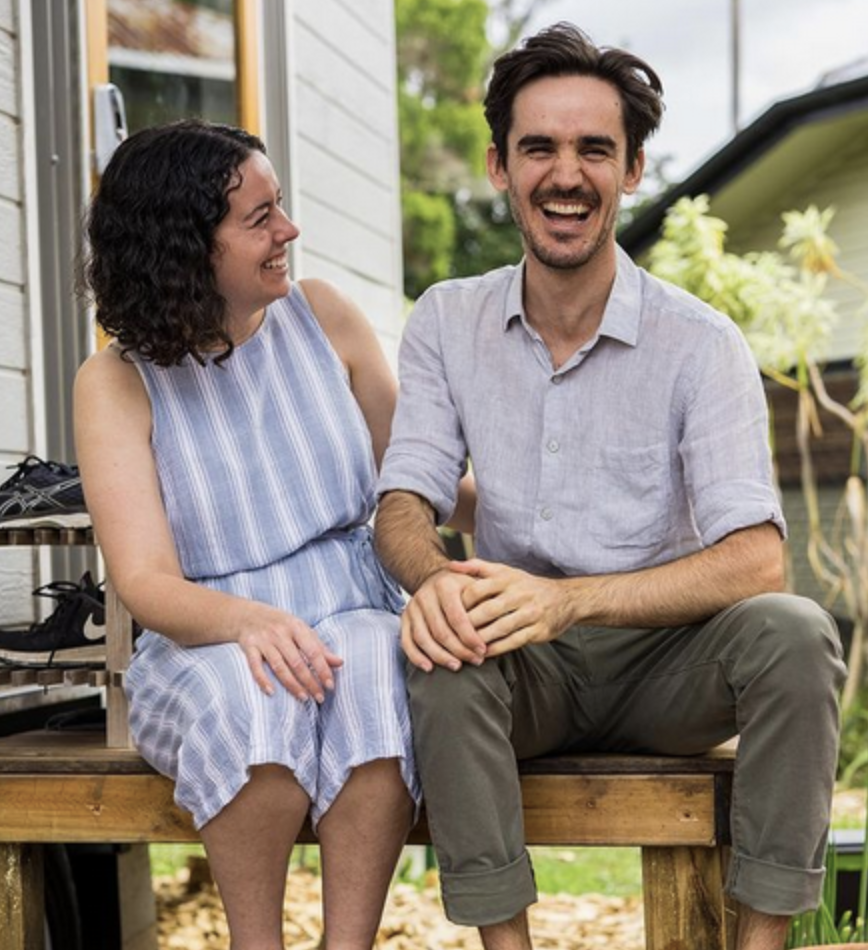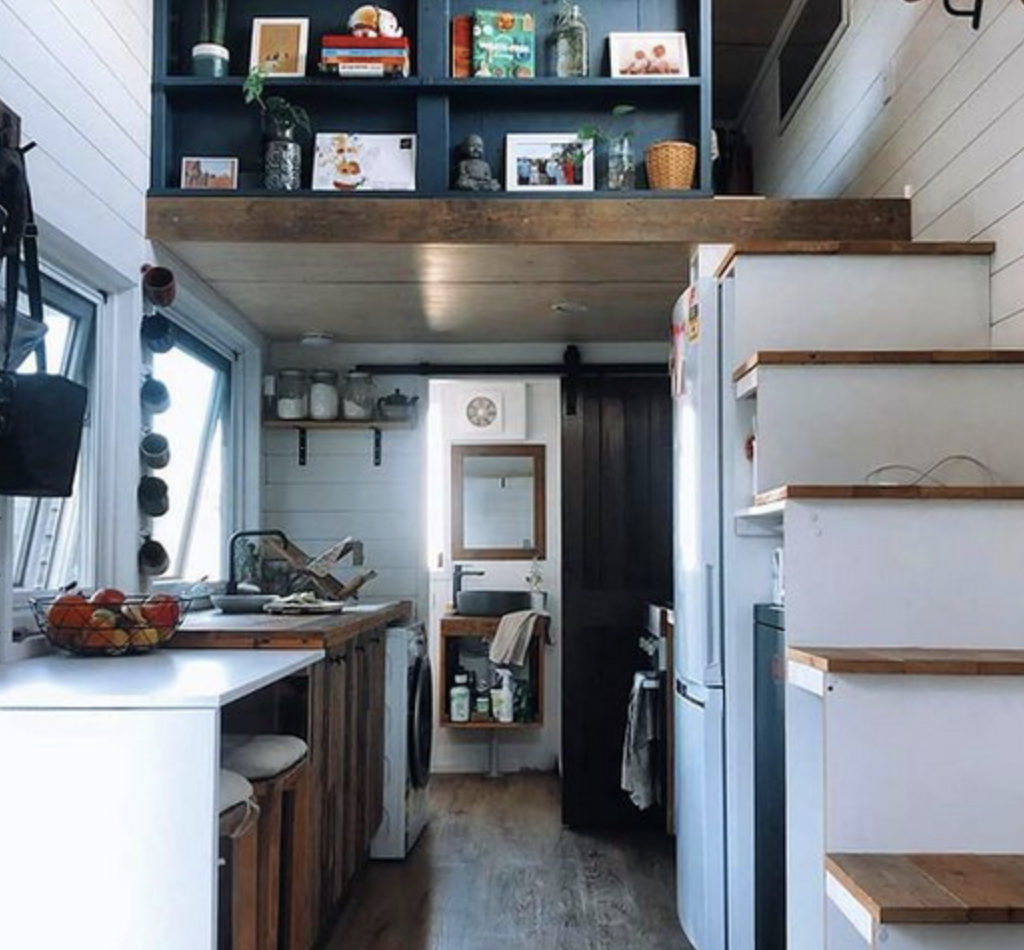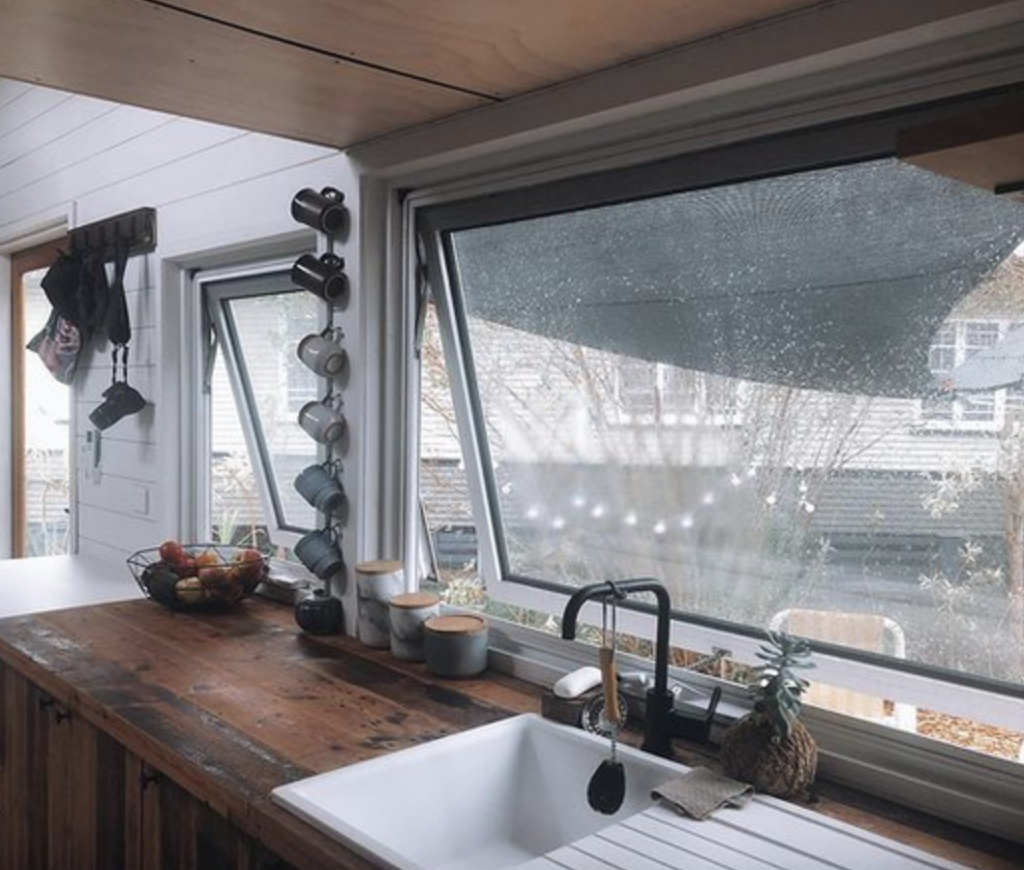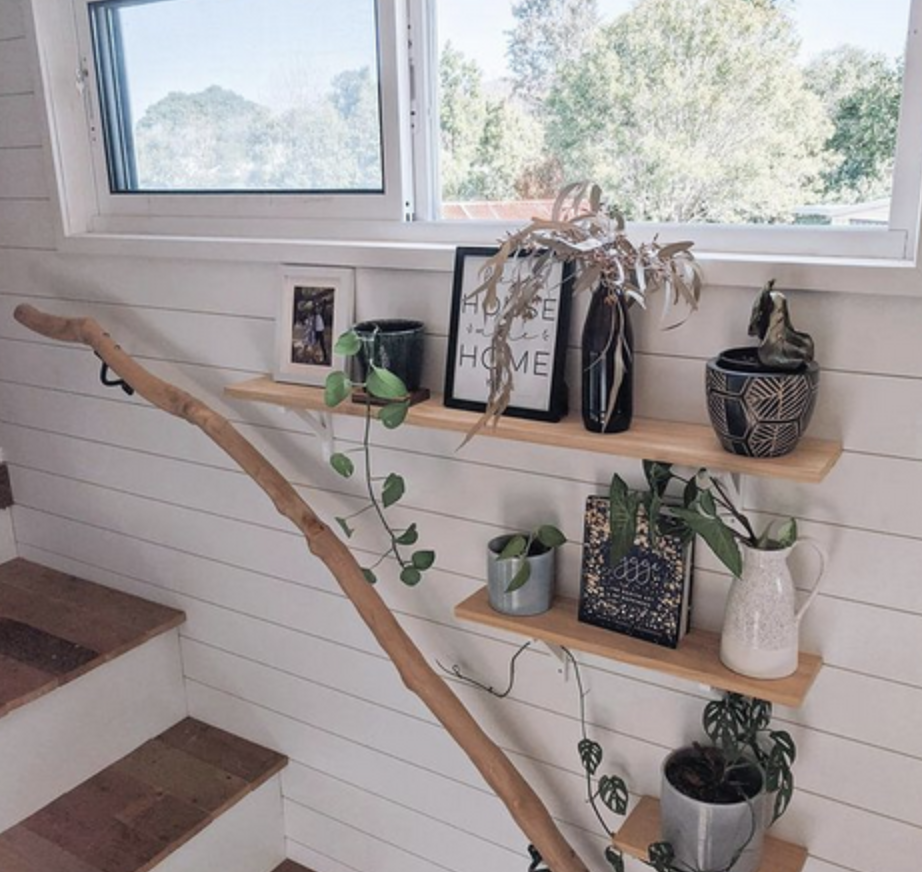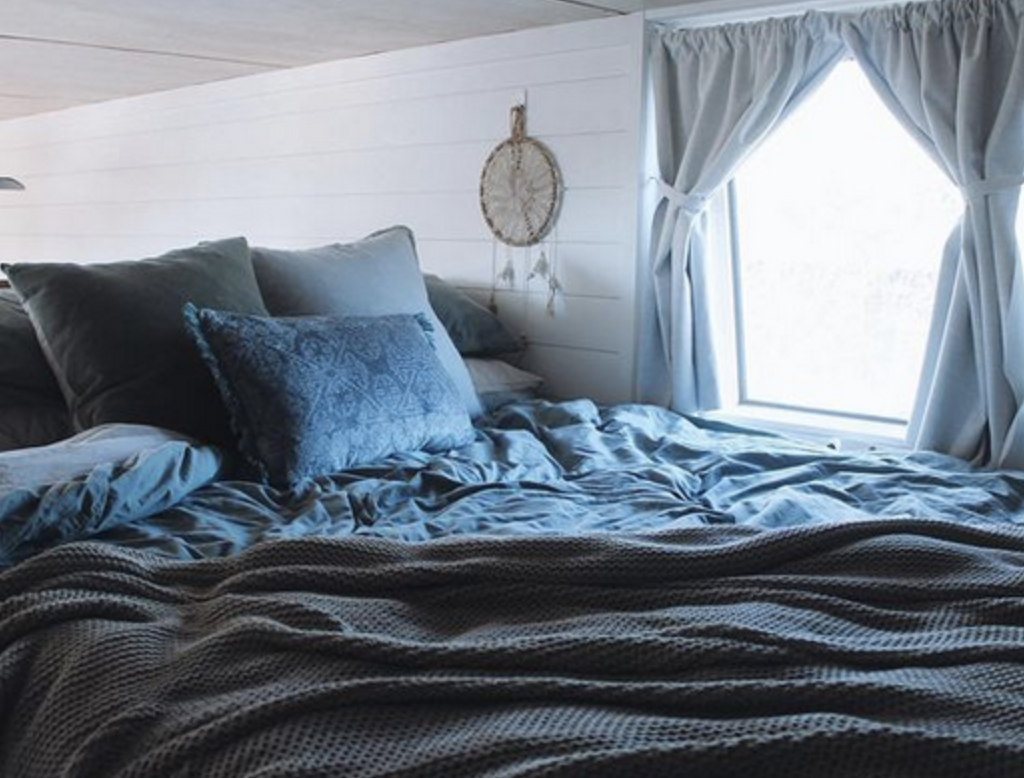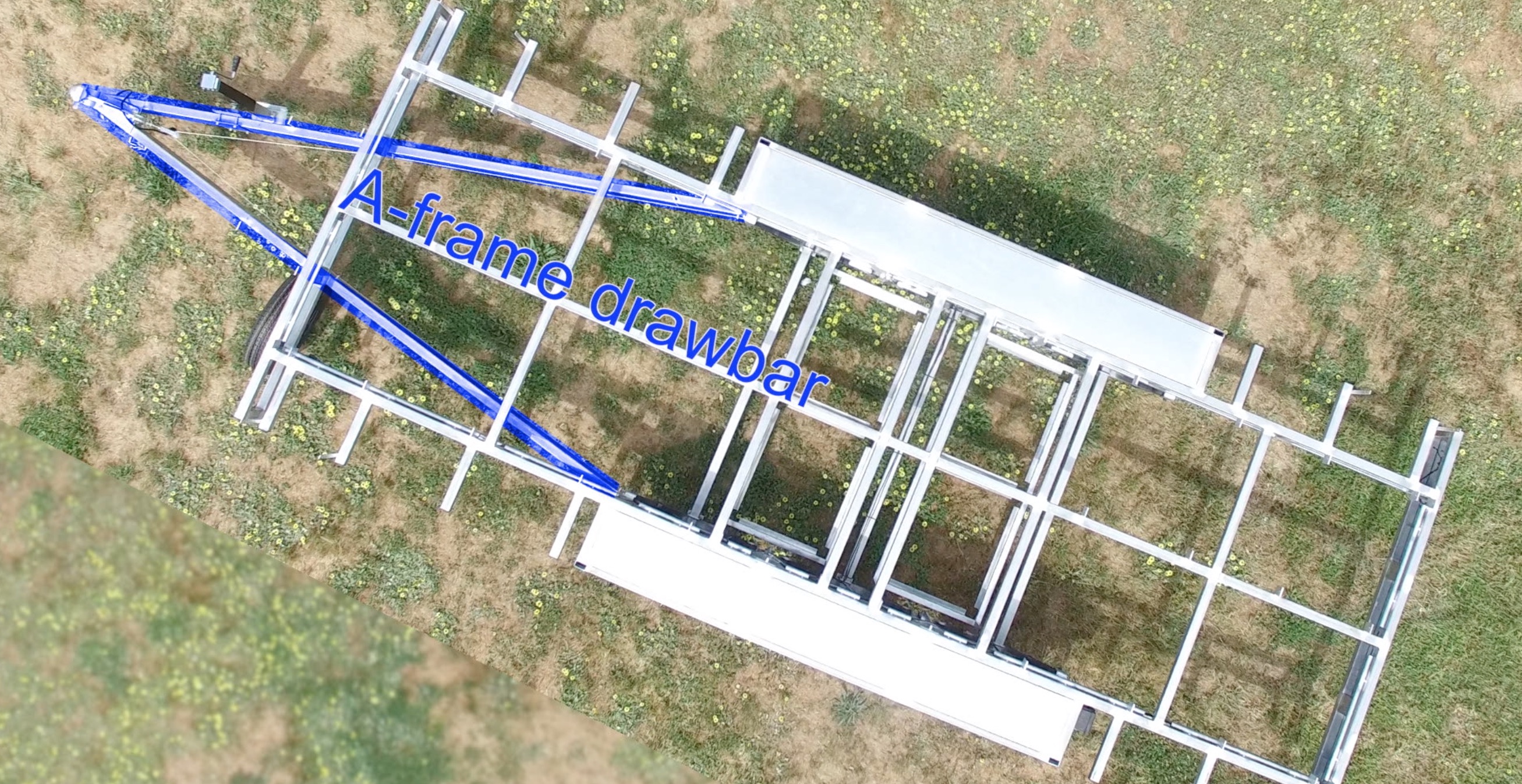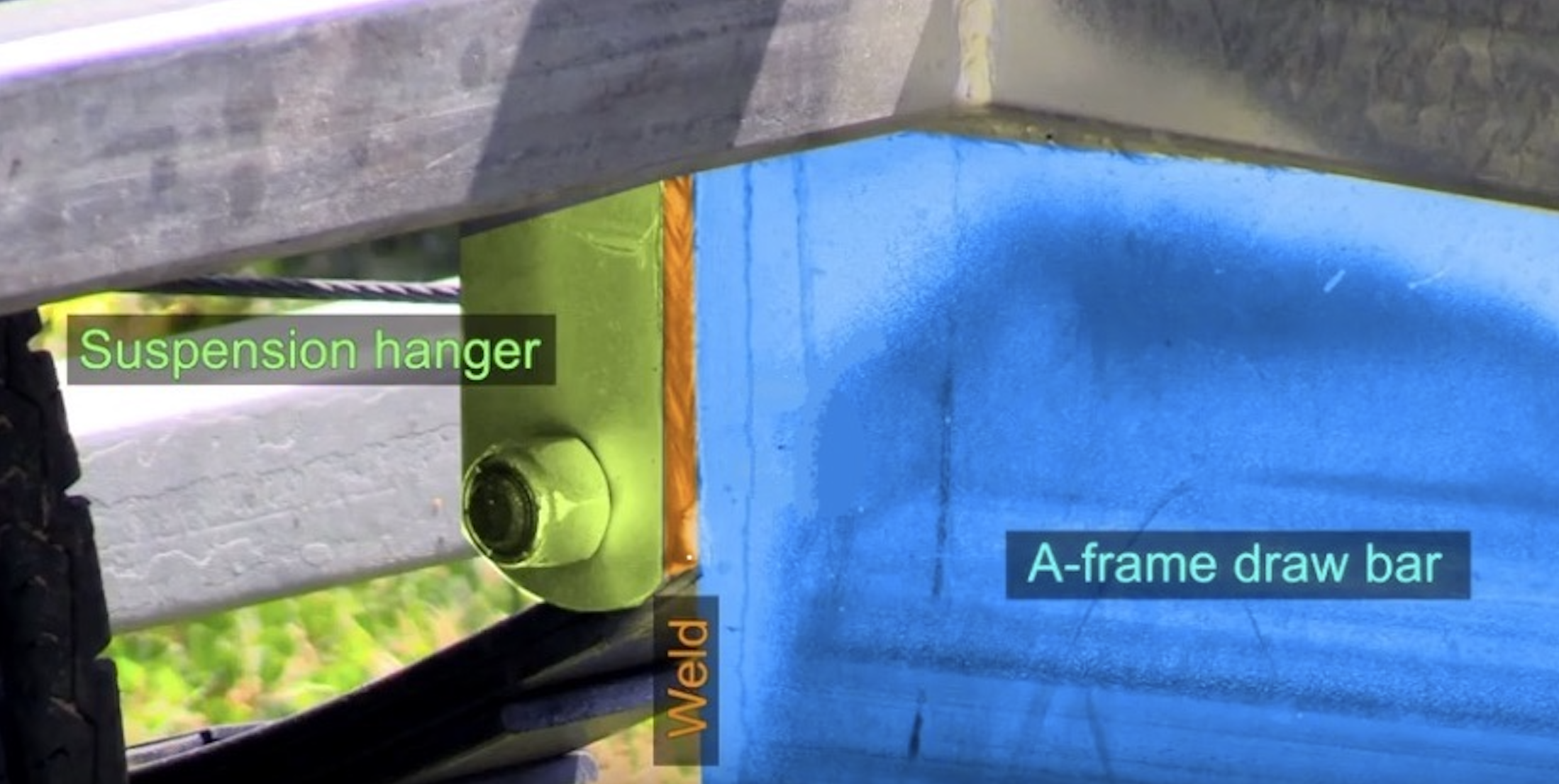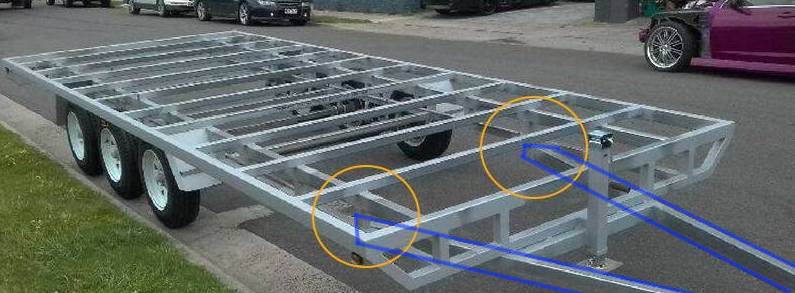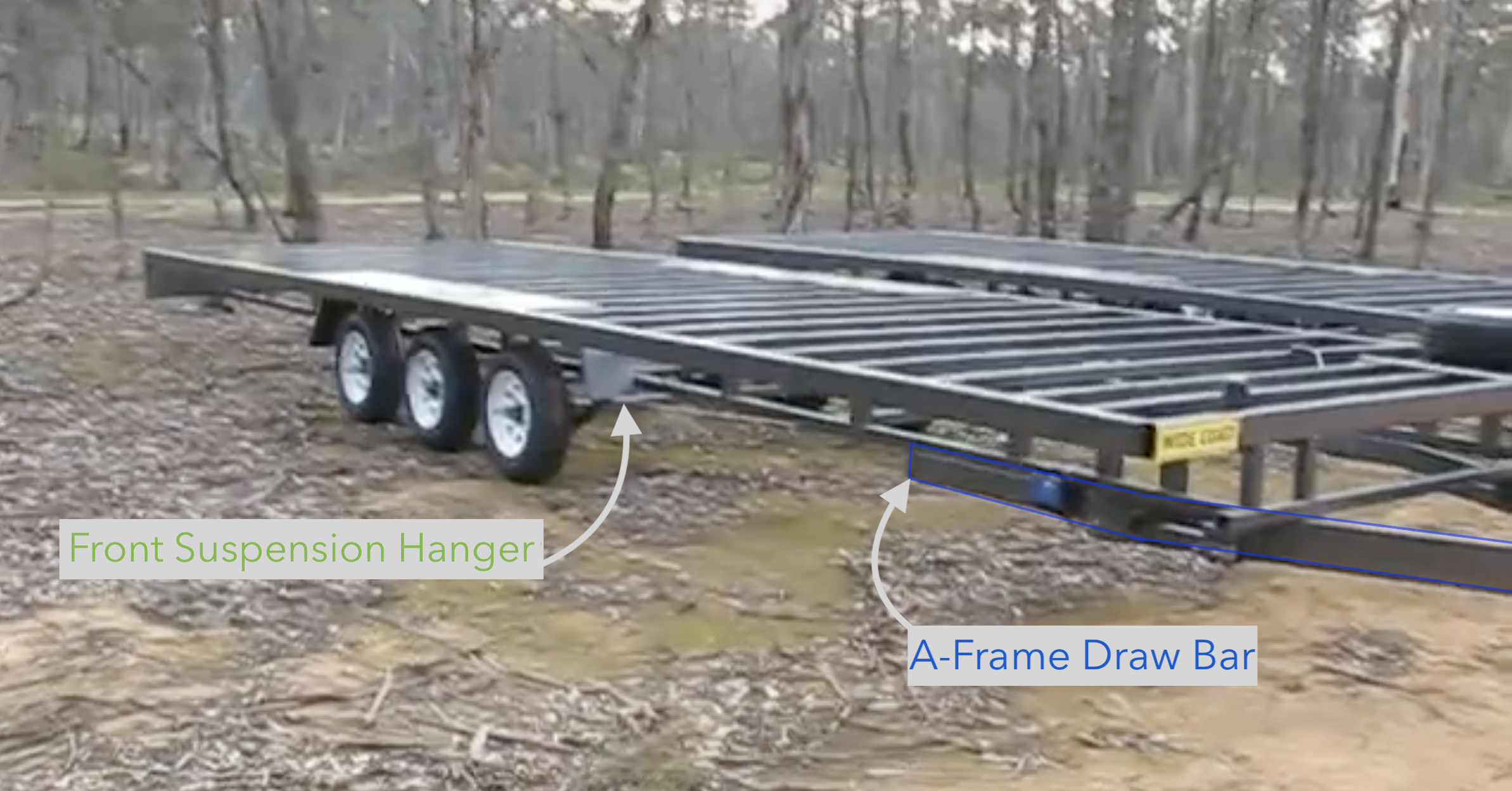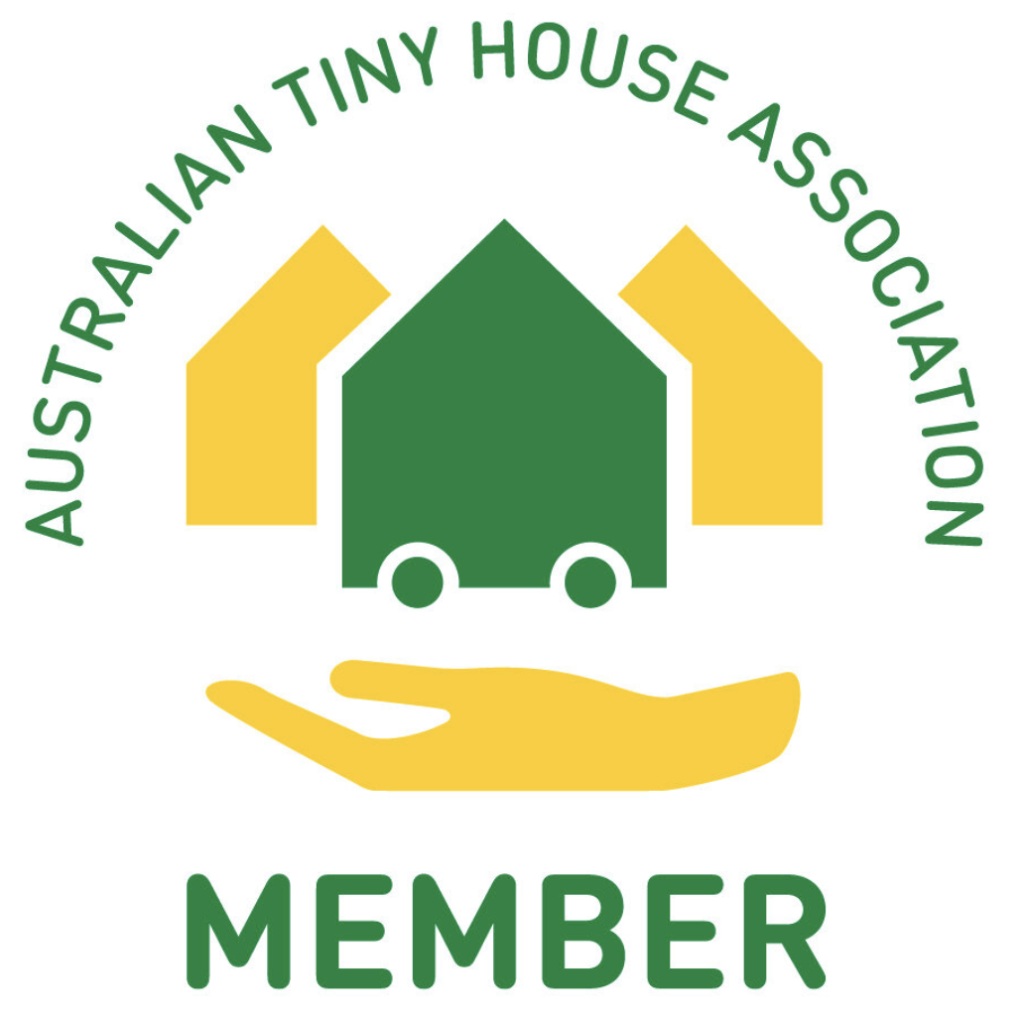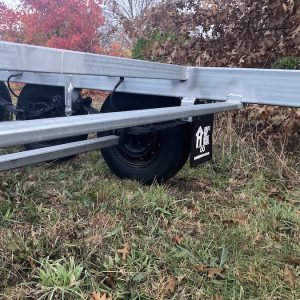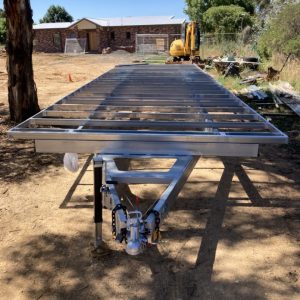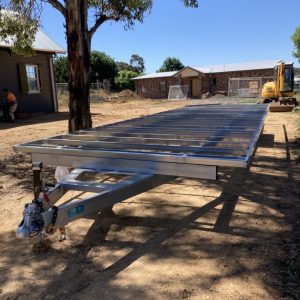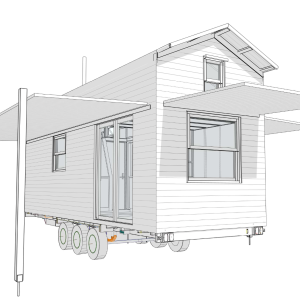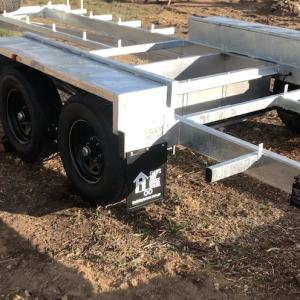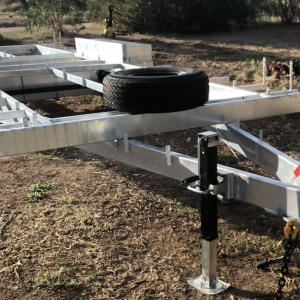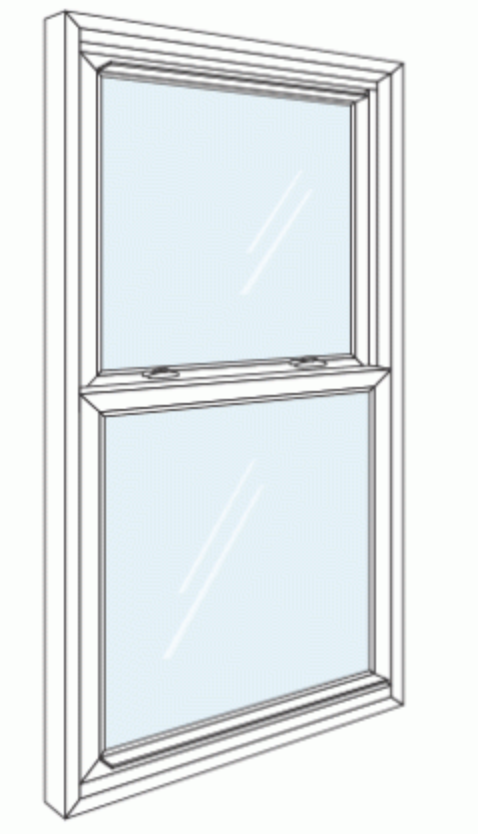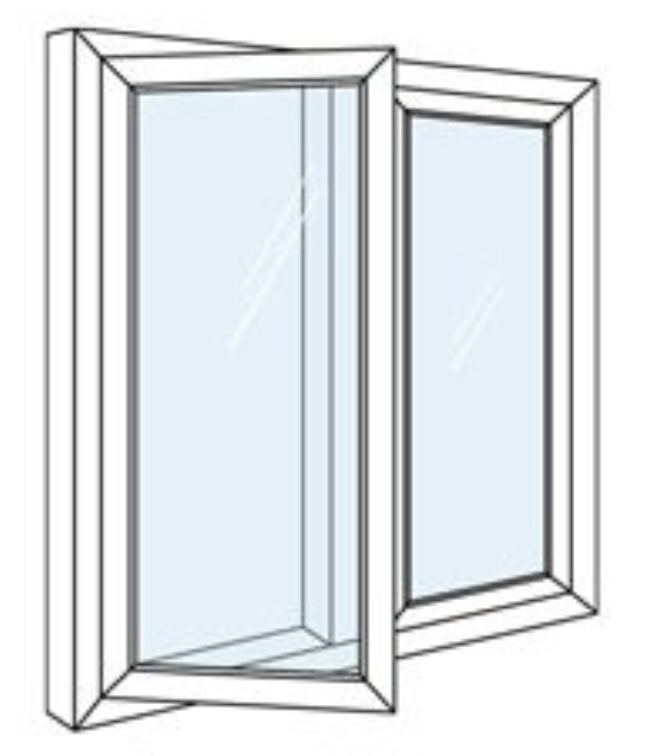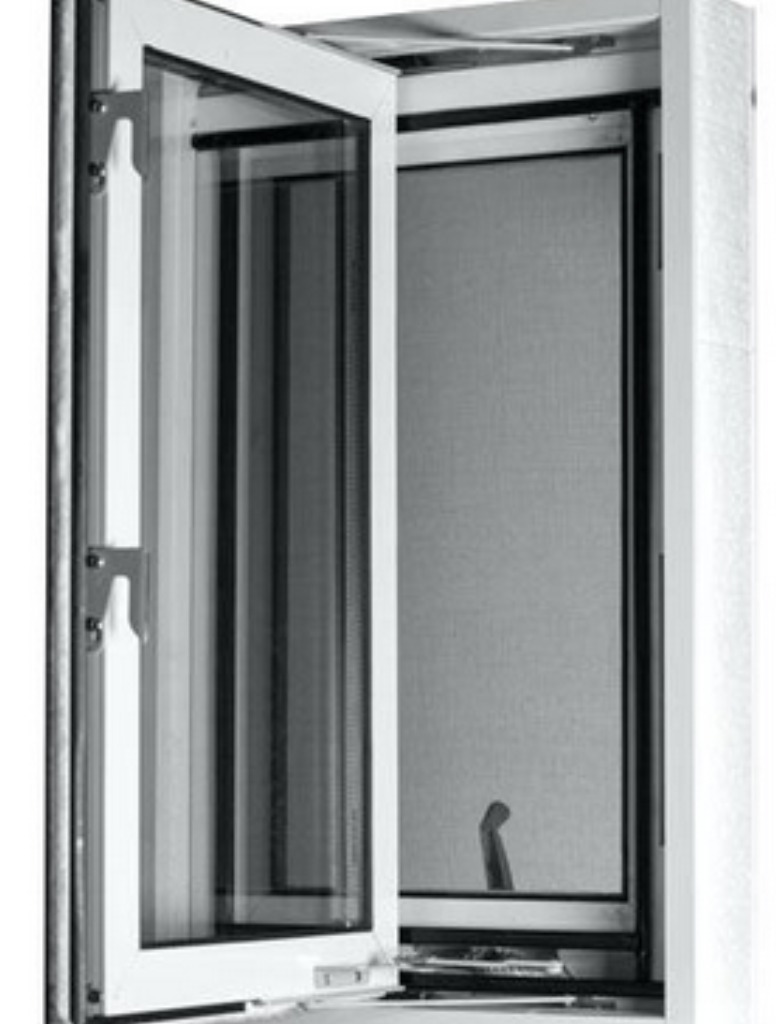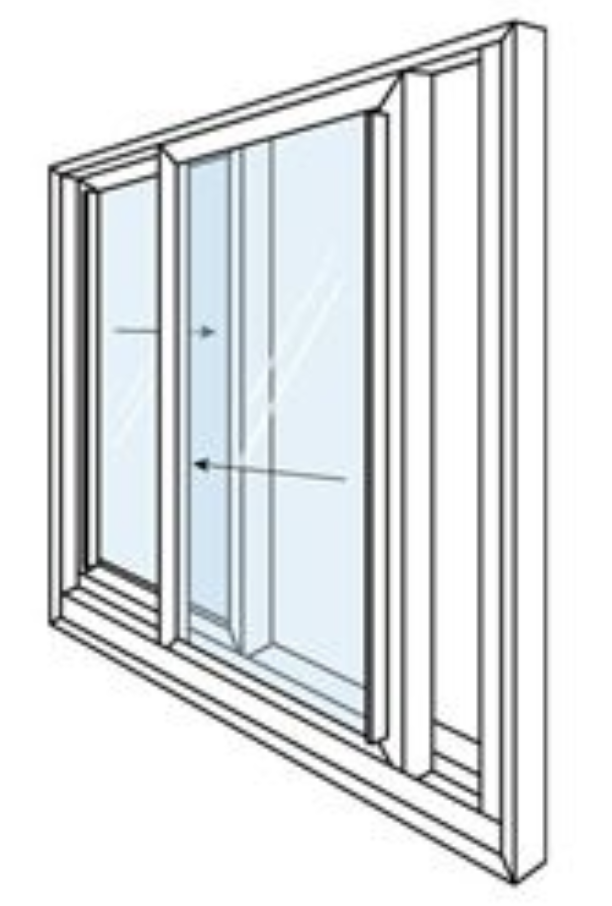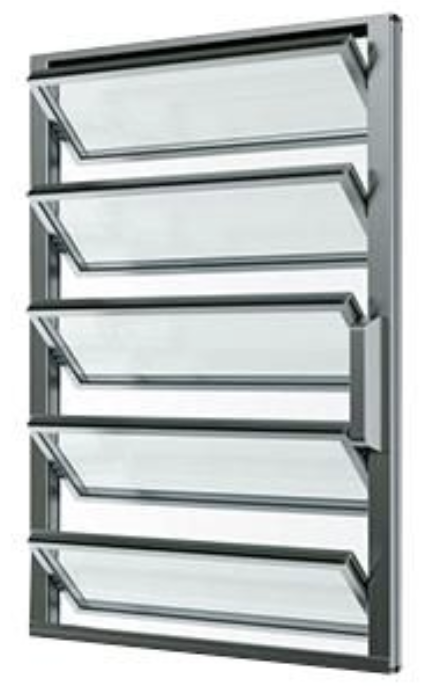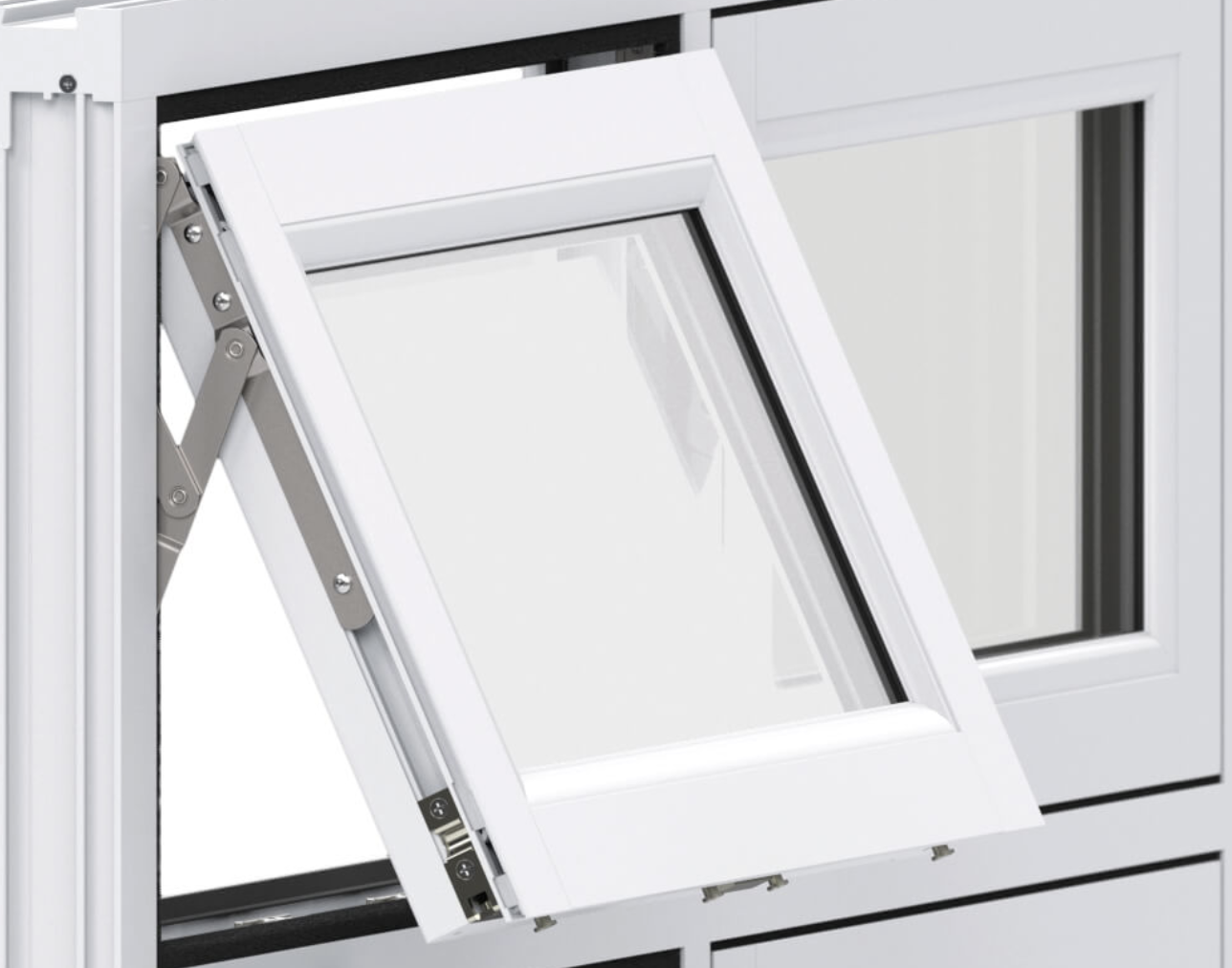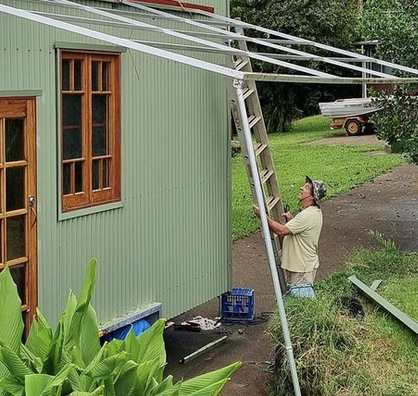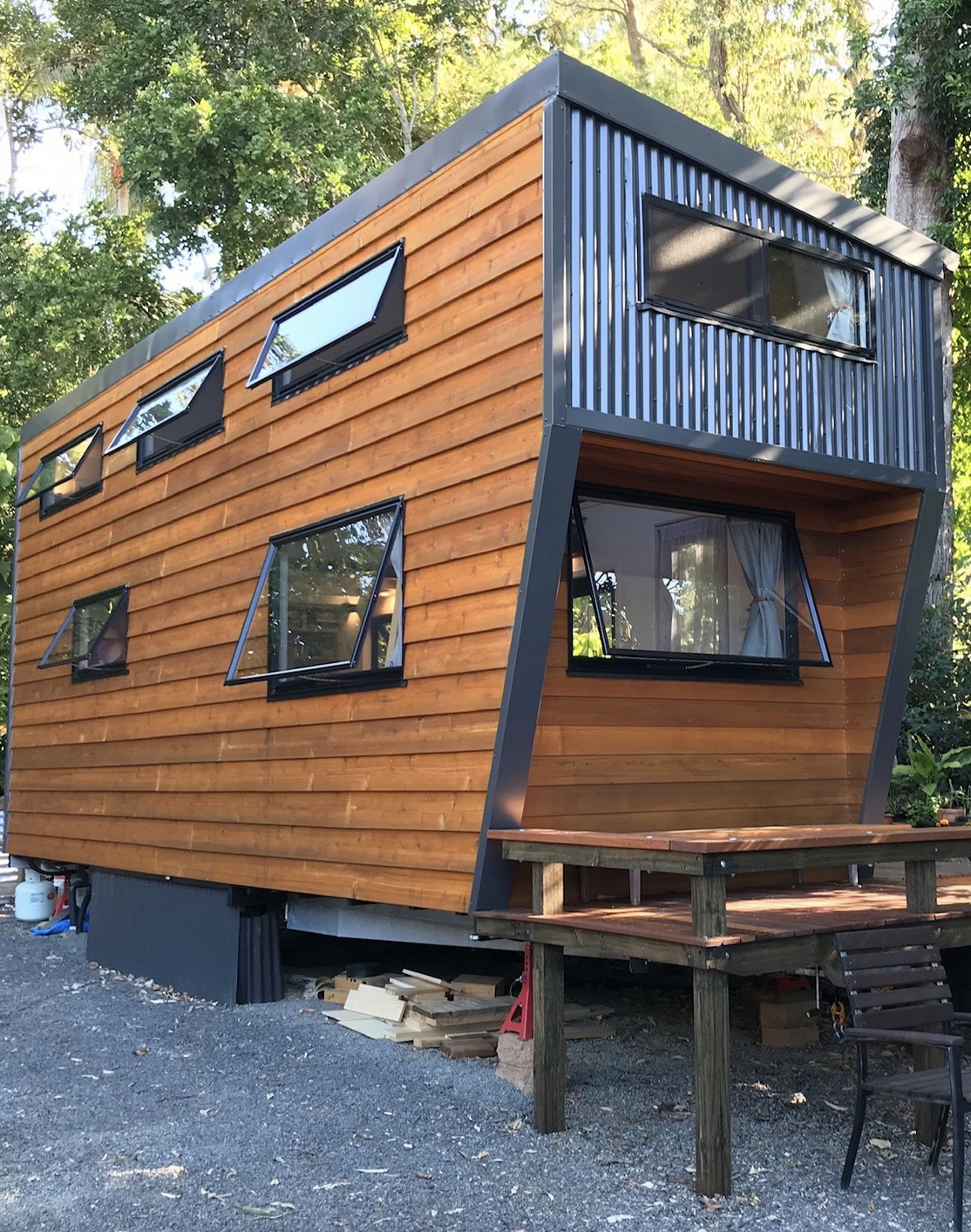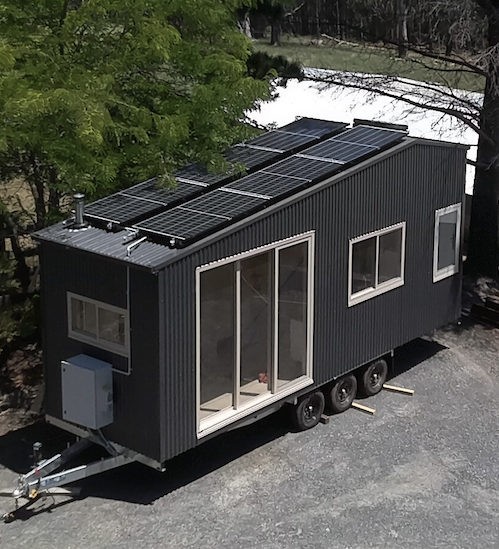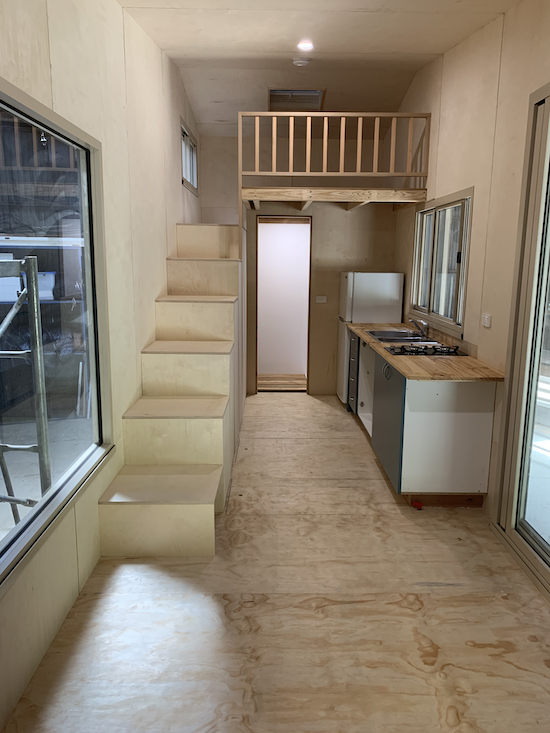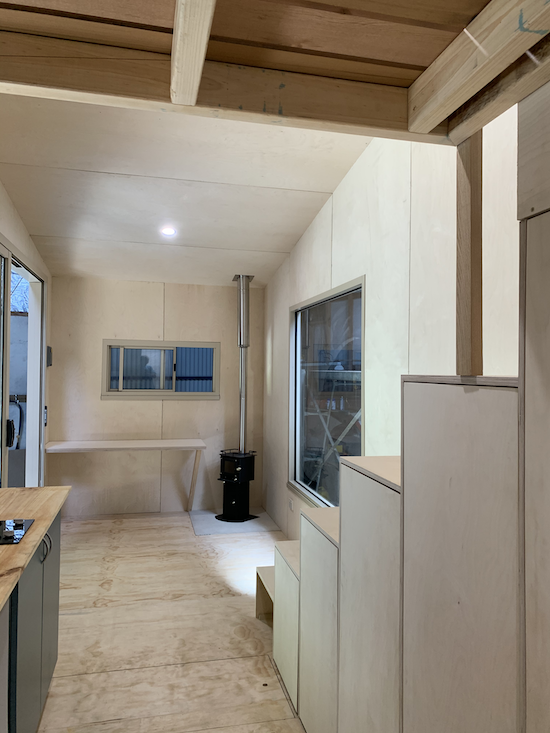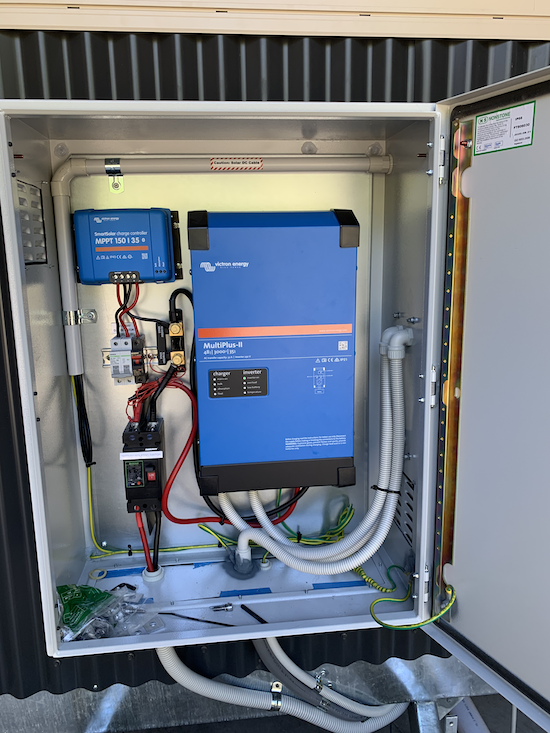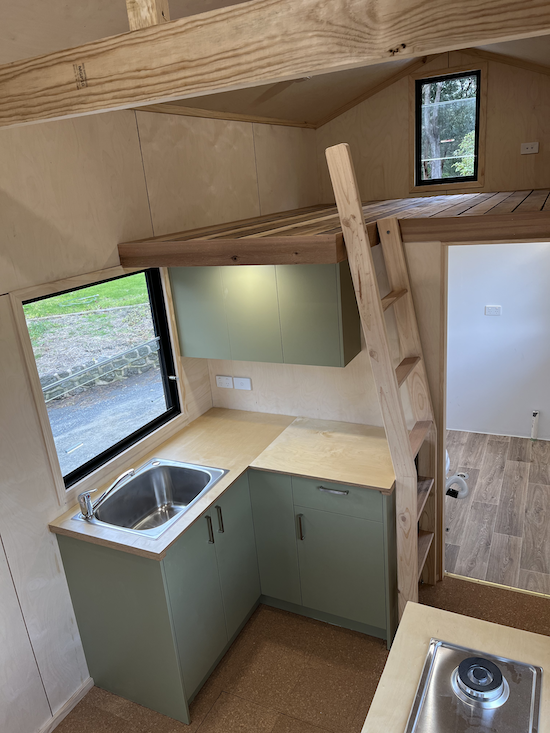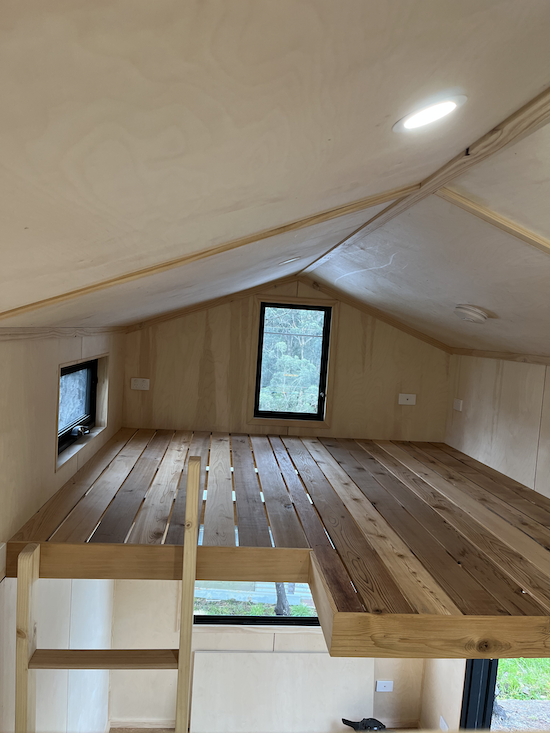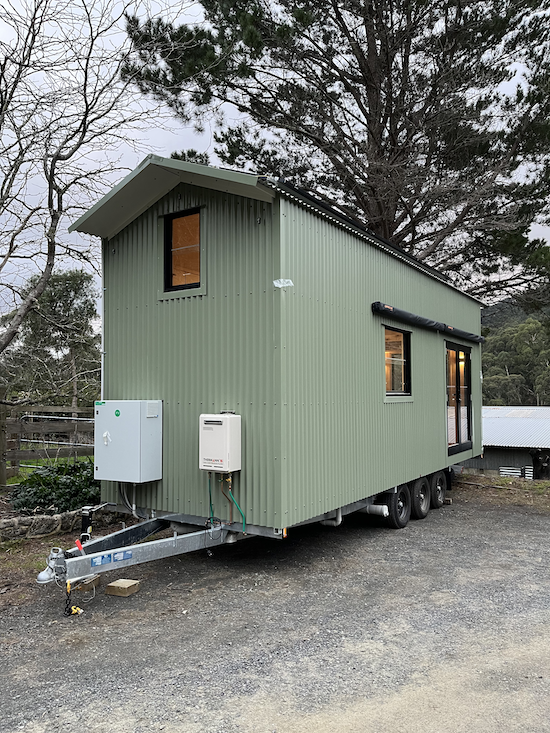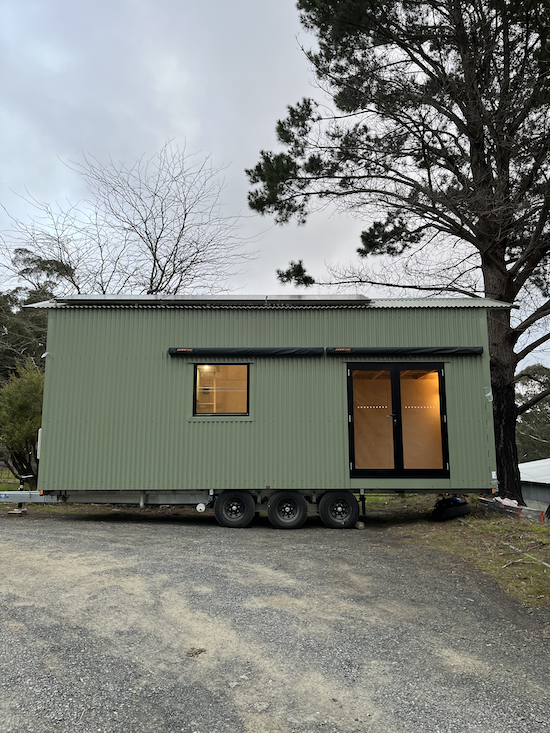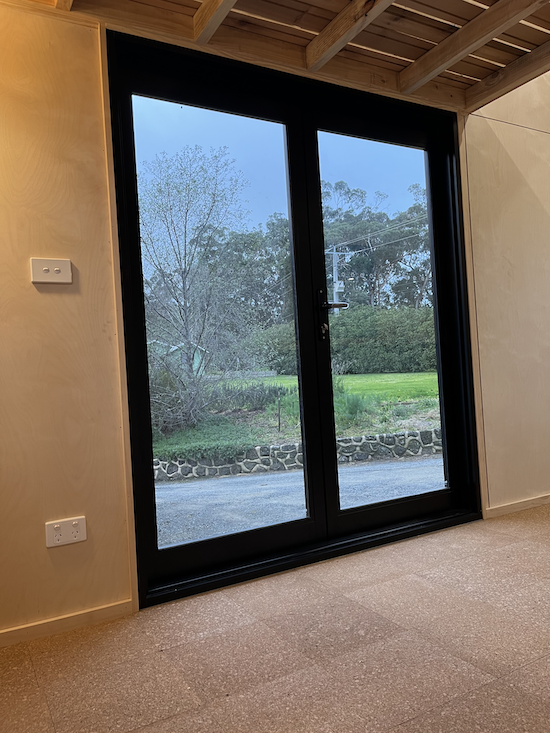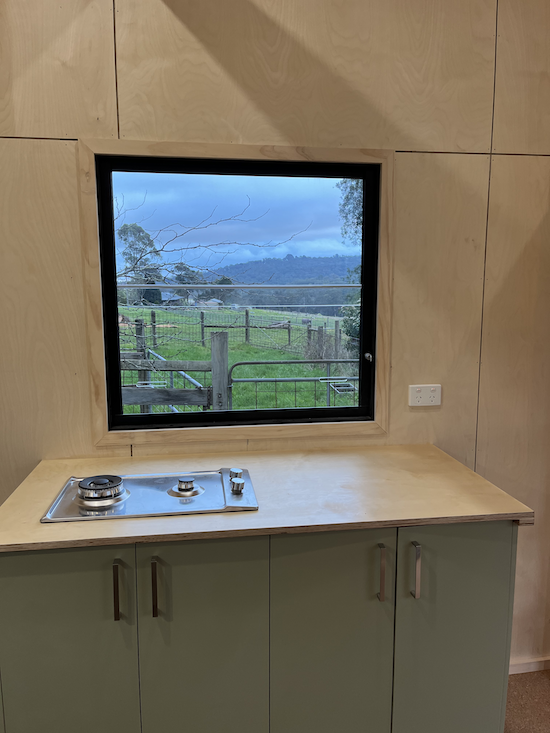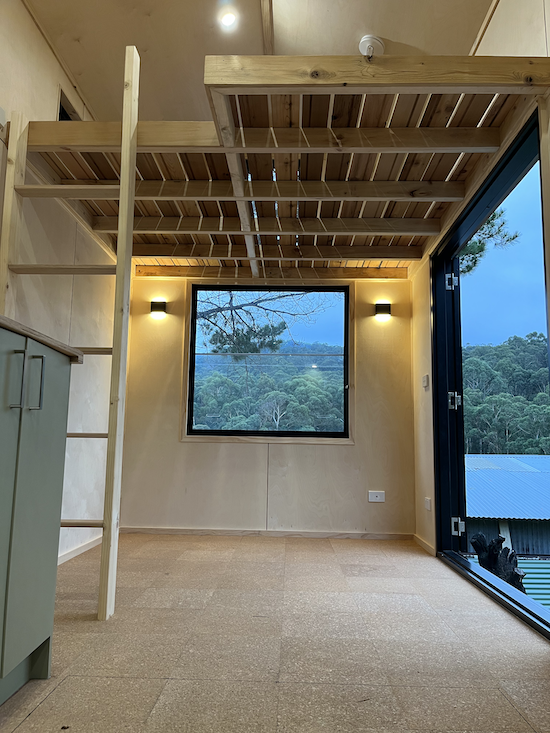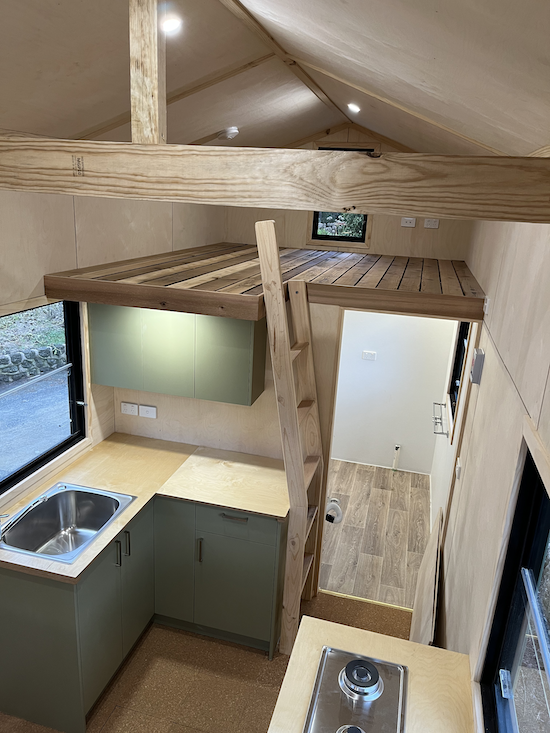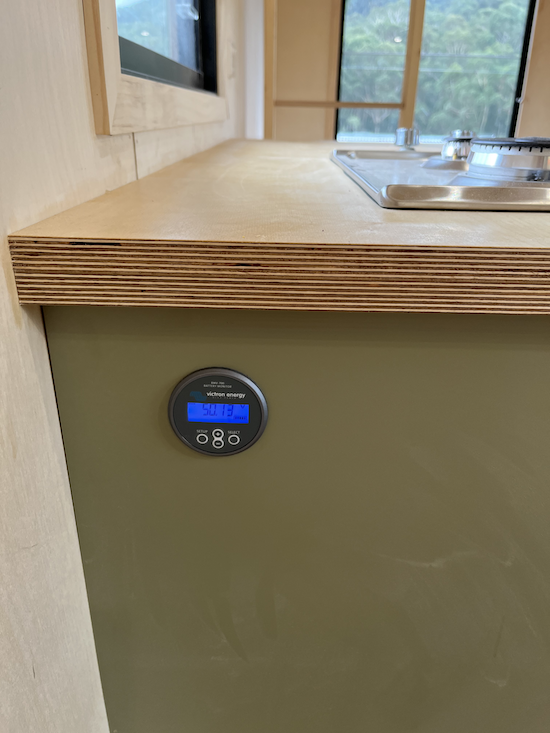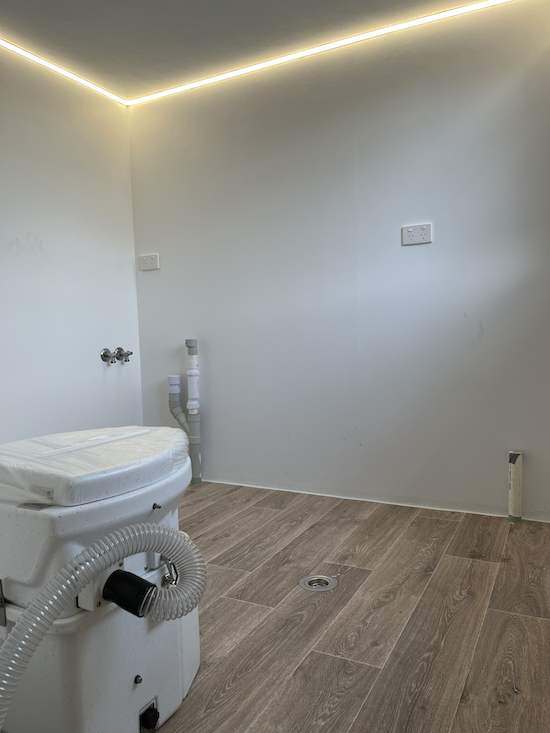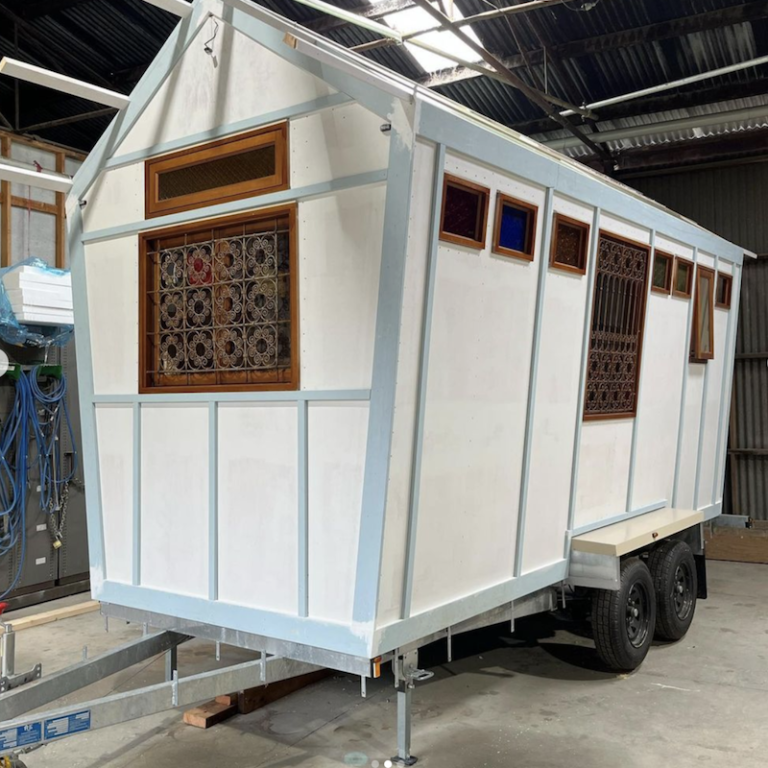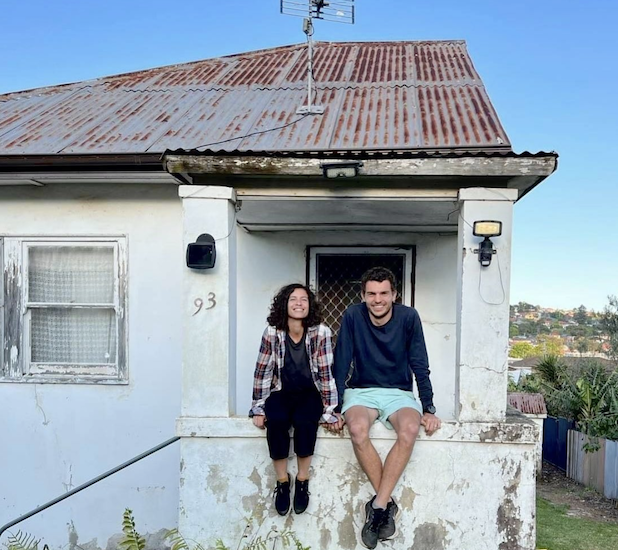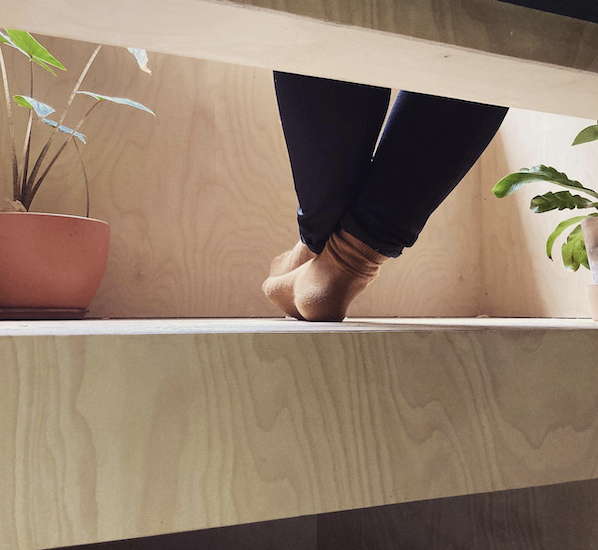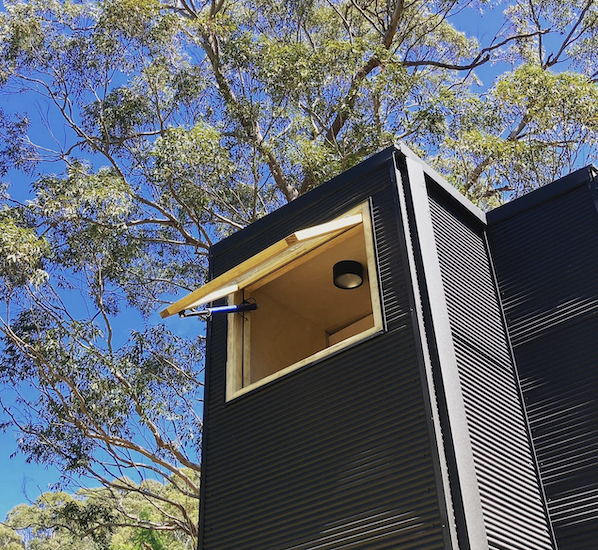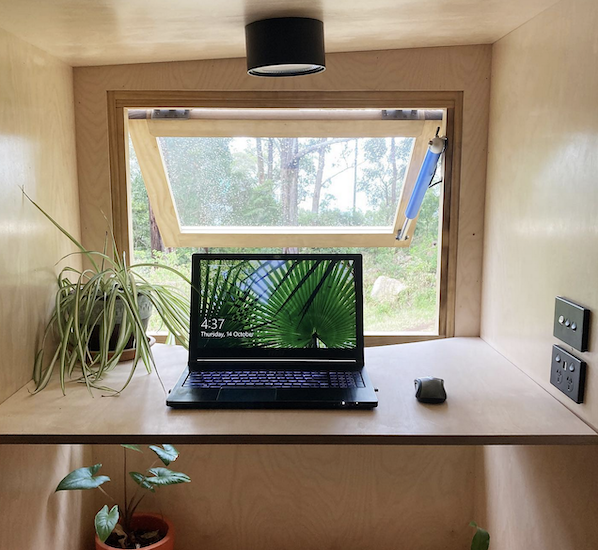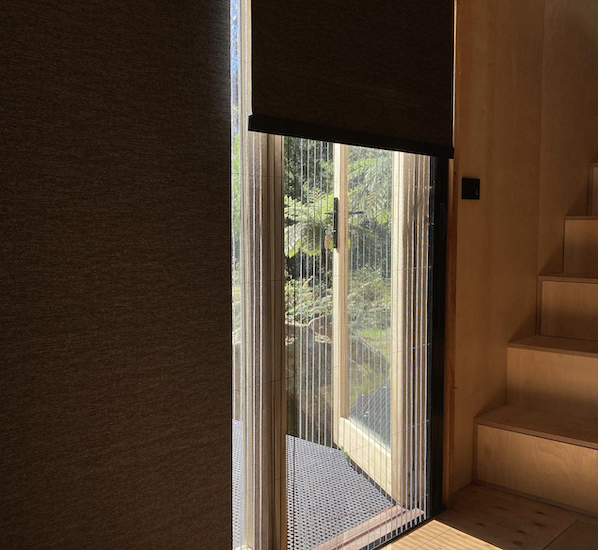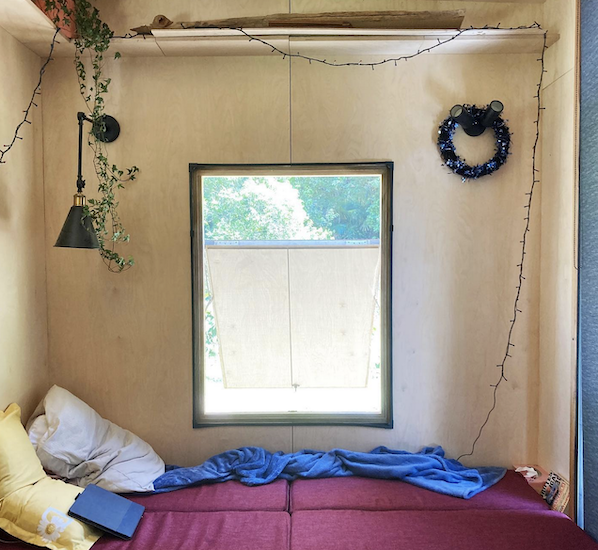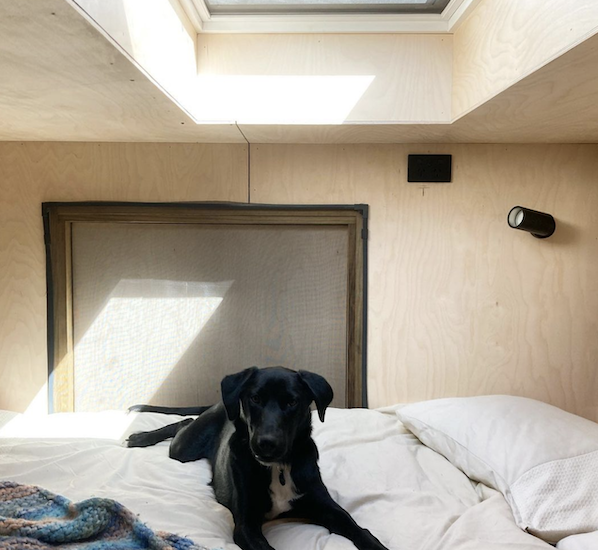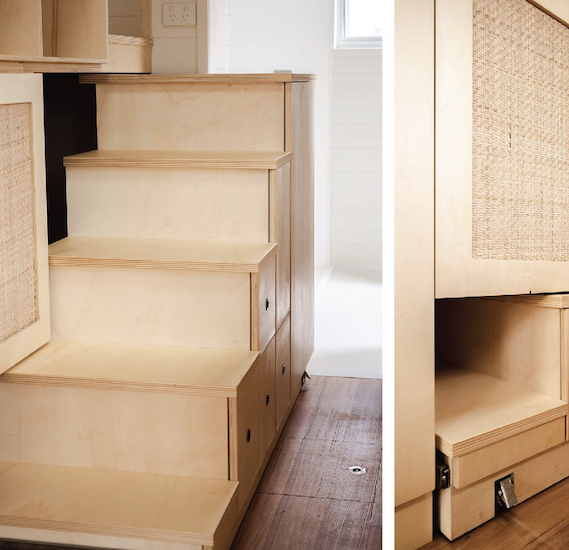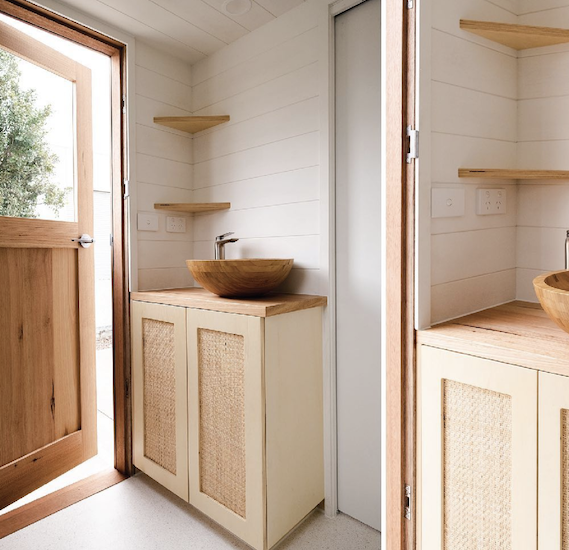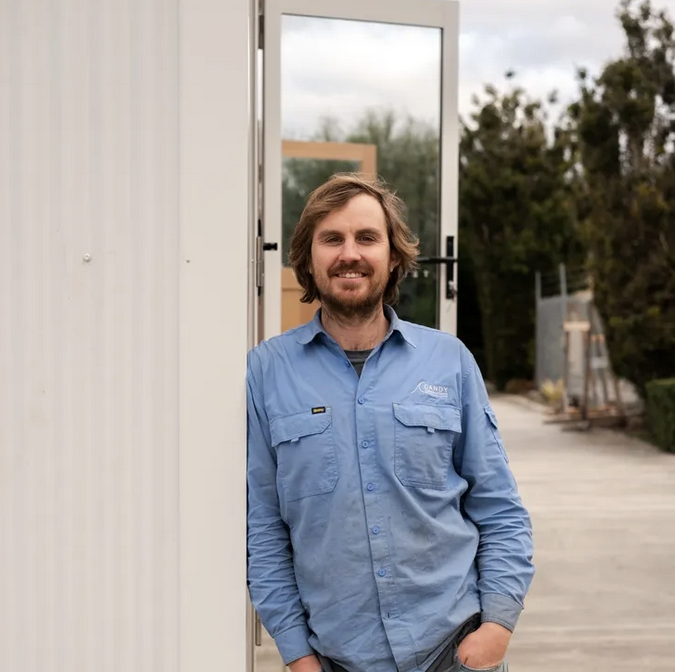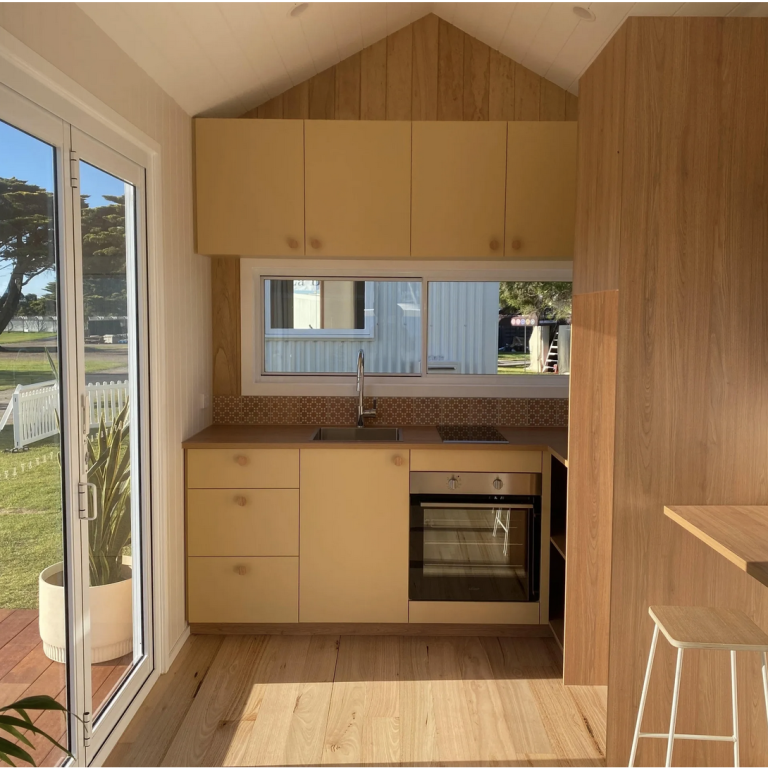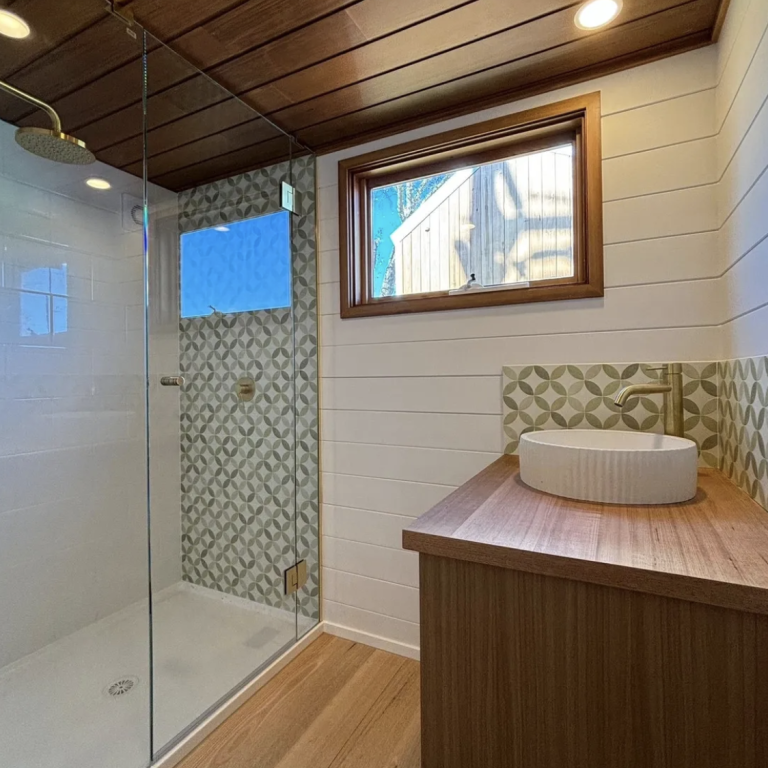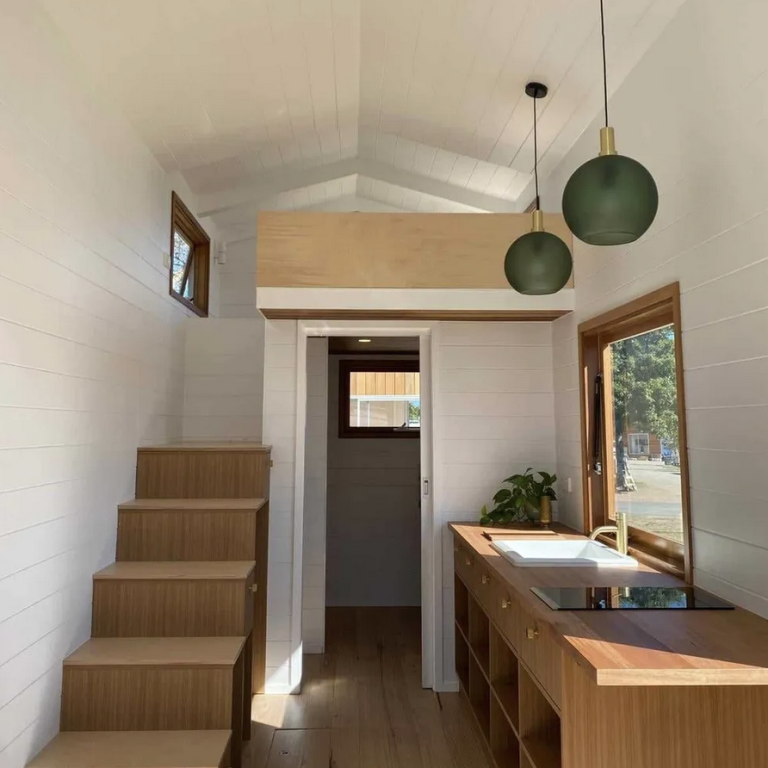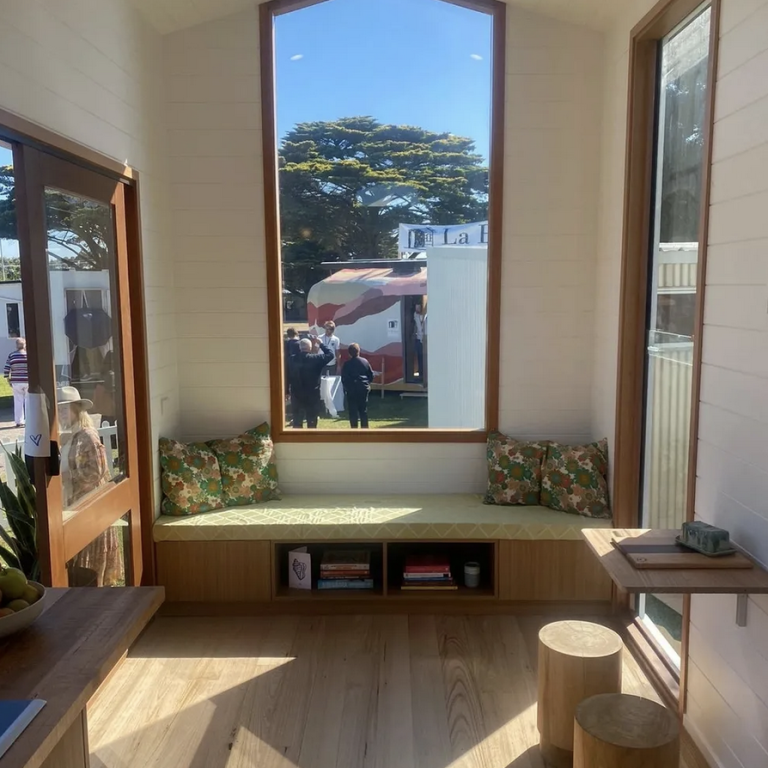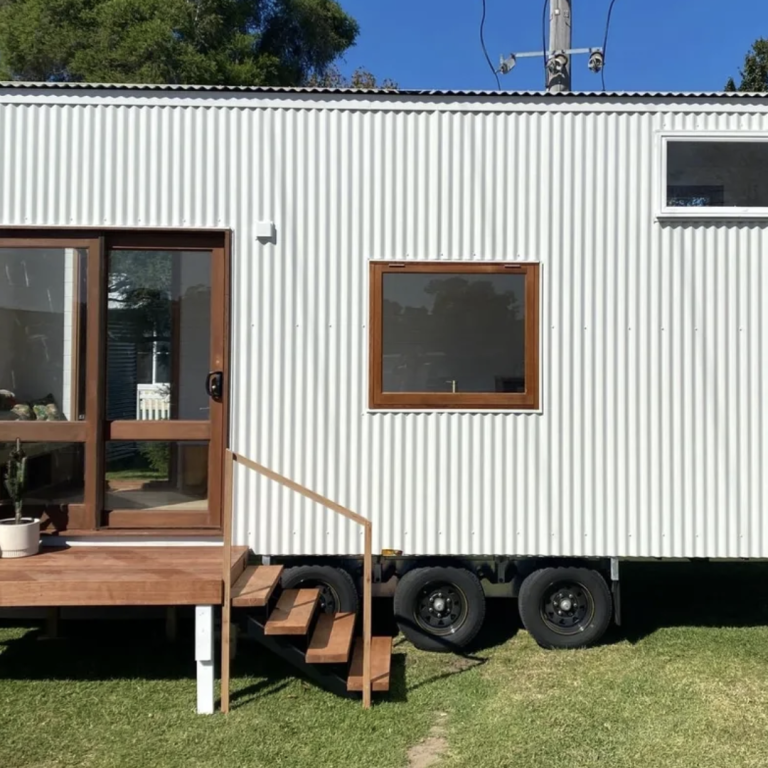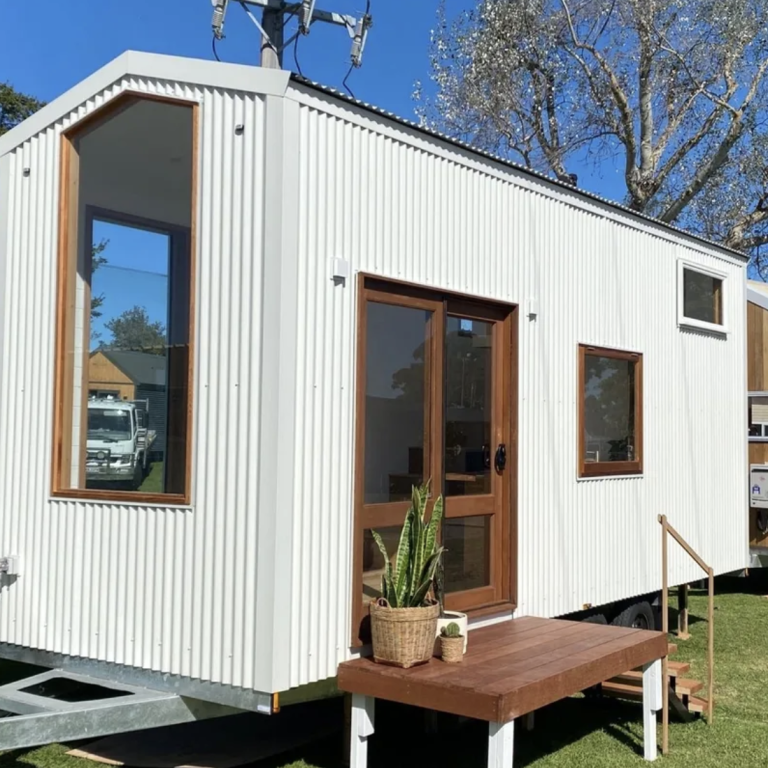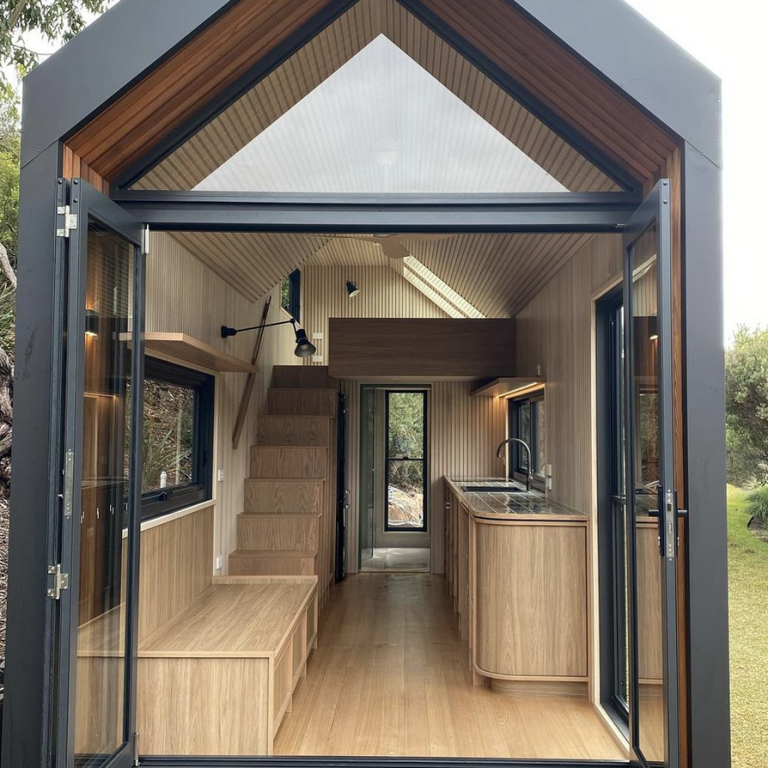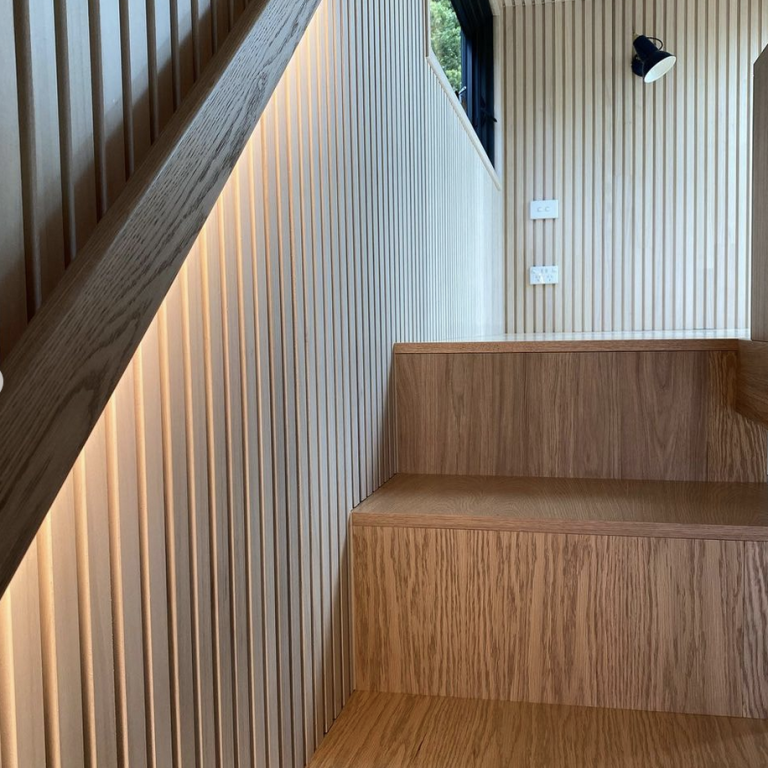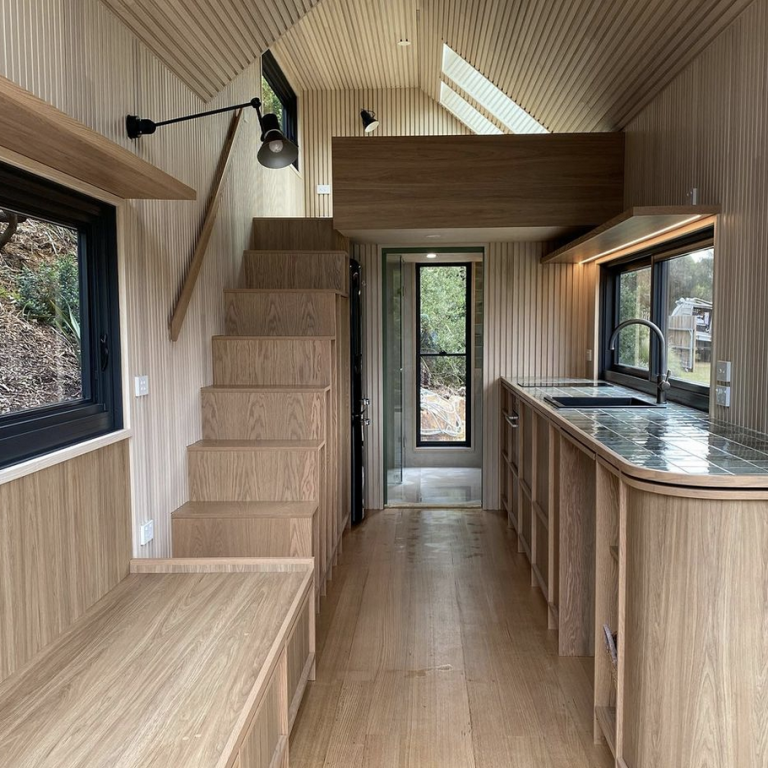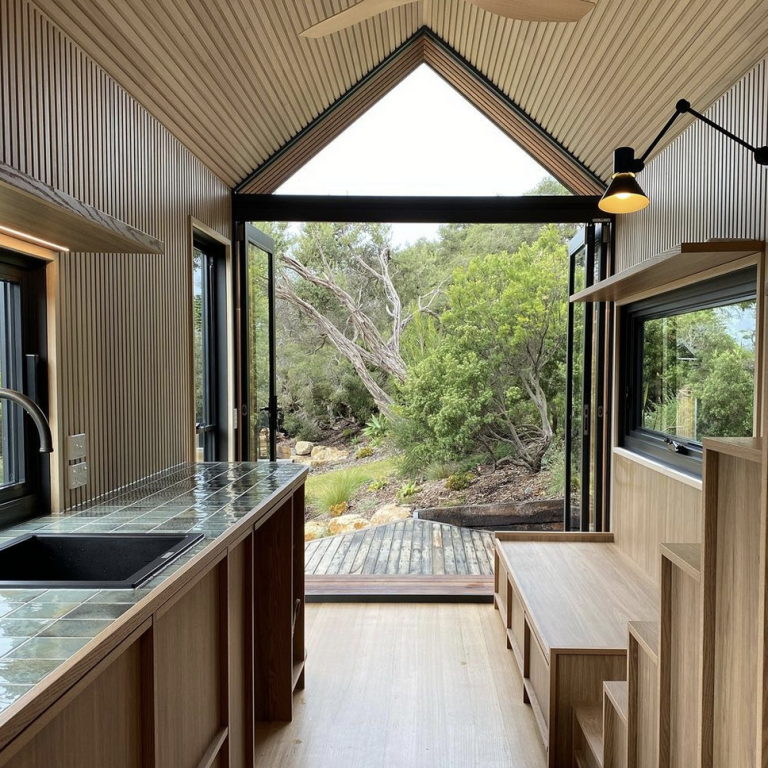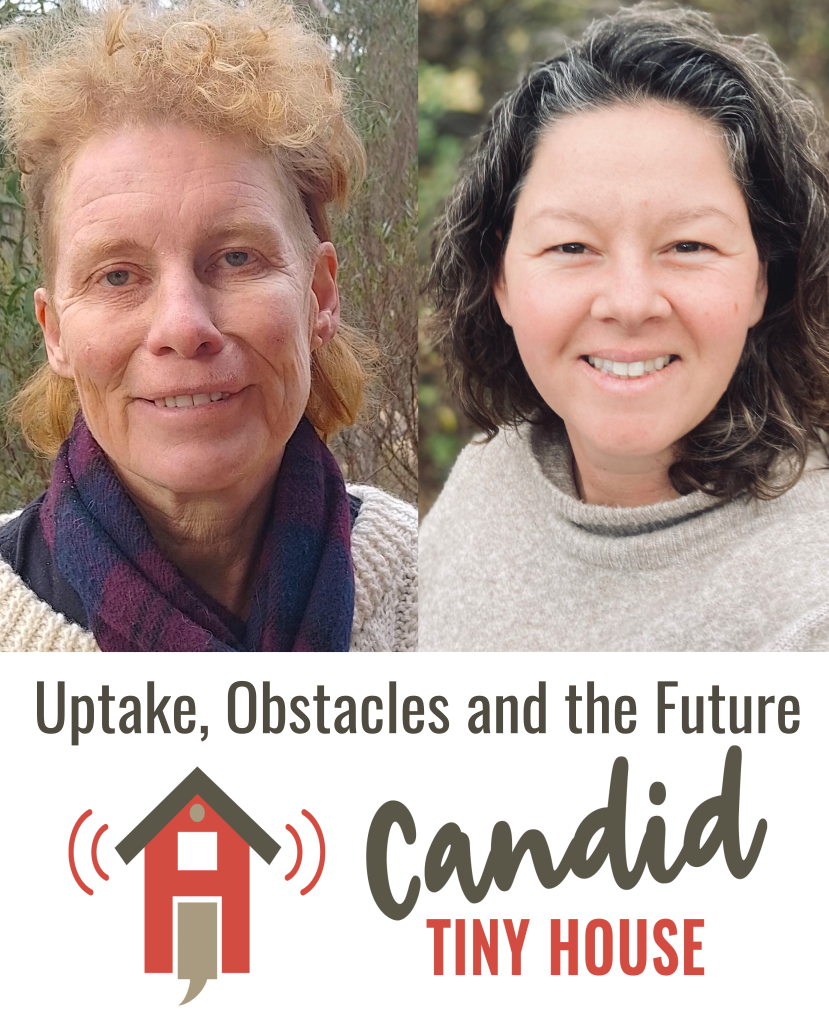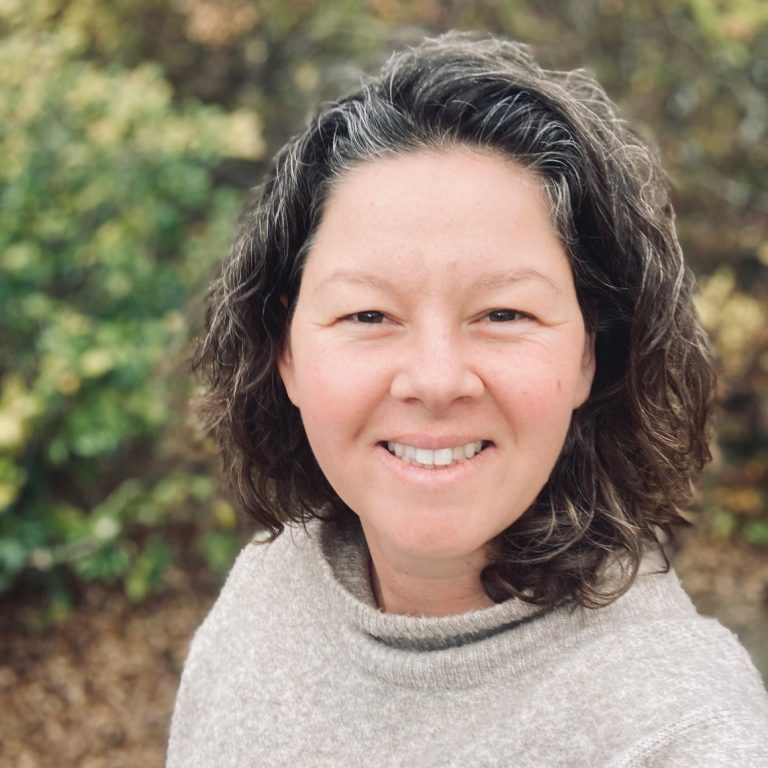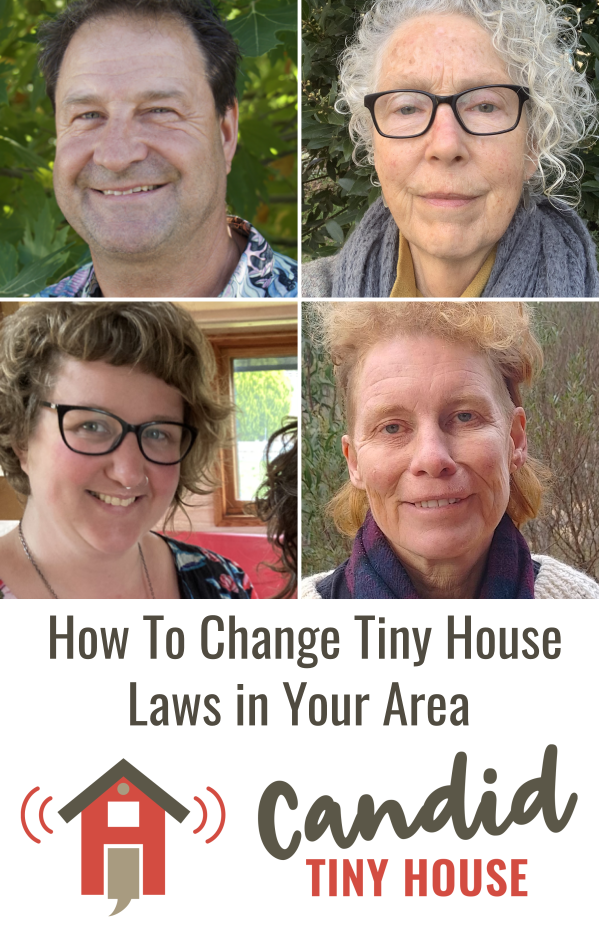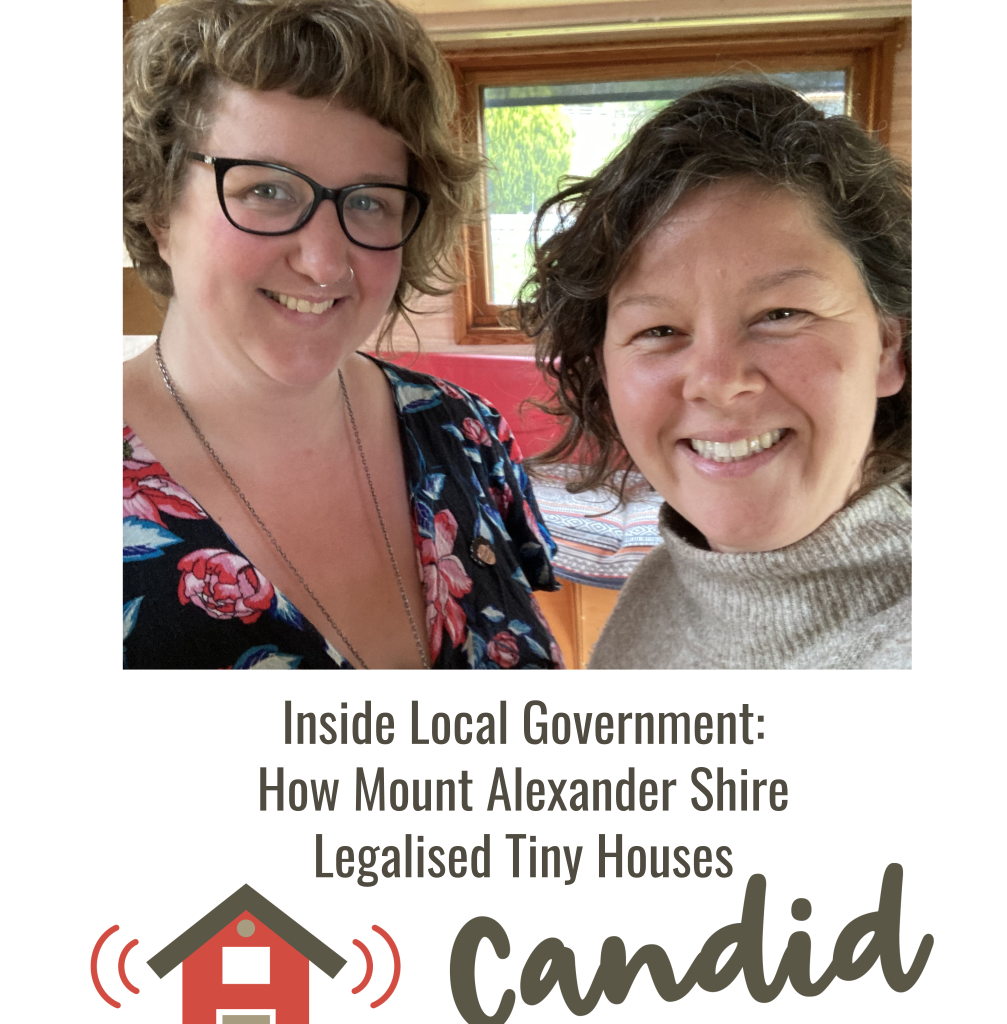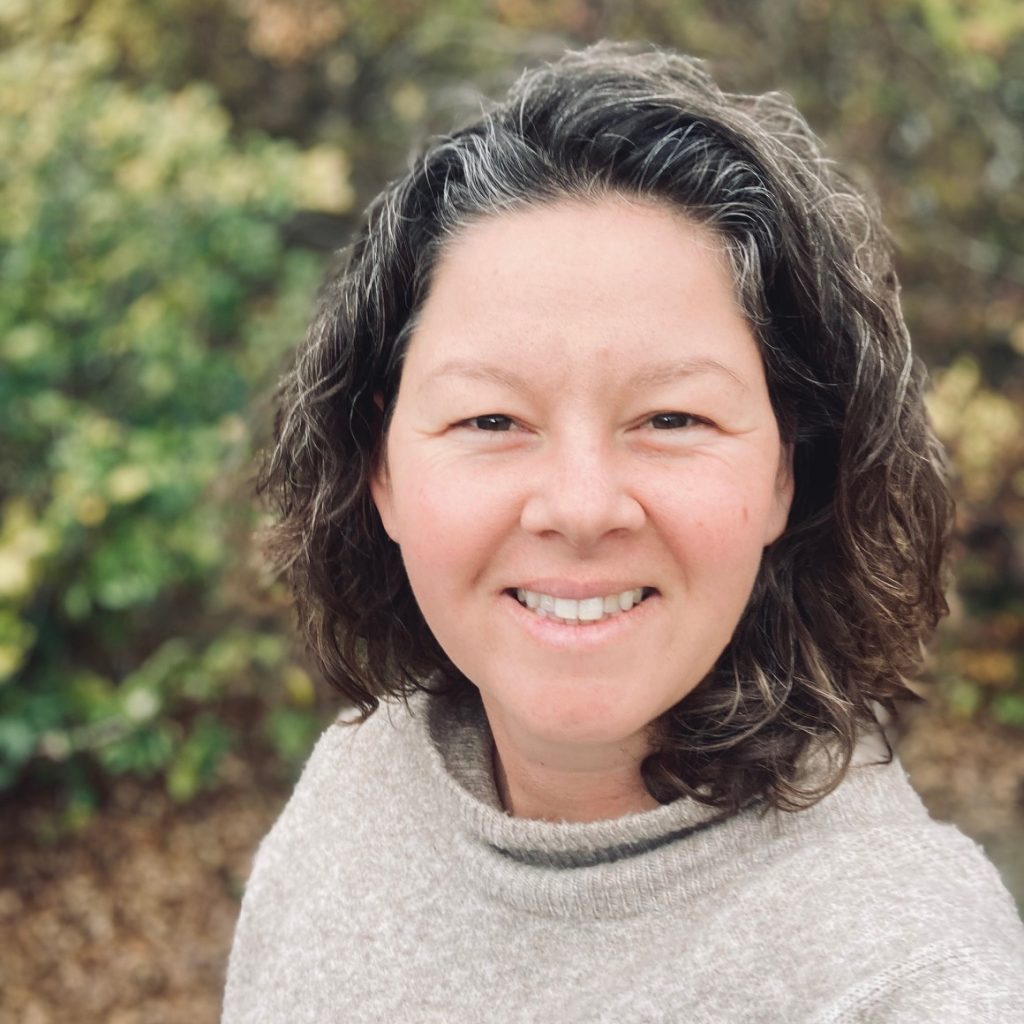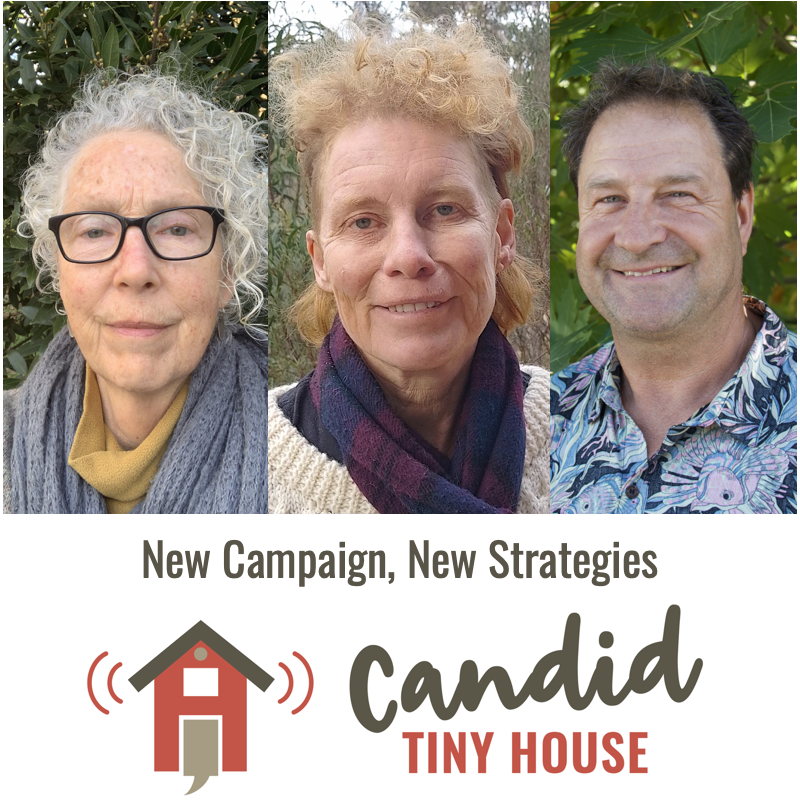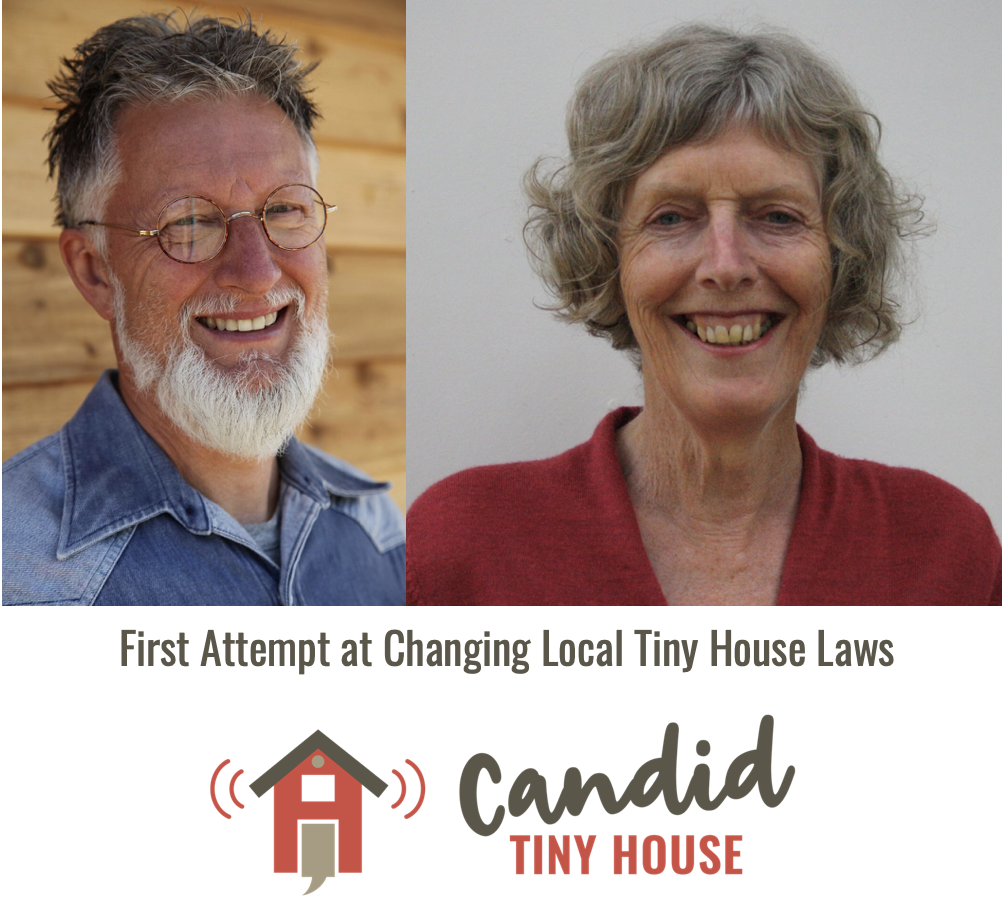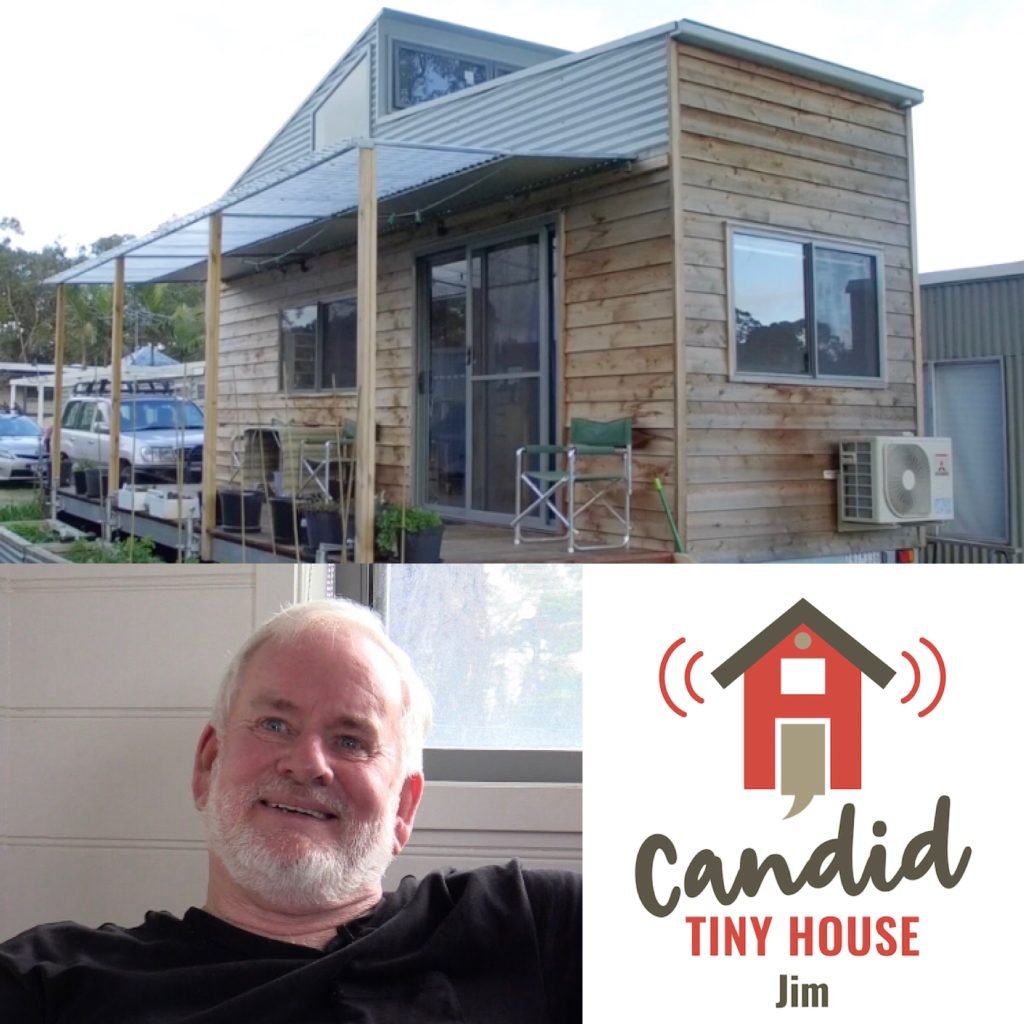

Jim Episode 6, Season 1 of Candid Tiny House Podcast
Pop Up Roof Tiny House Plans: Jim’s Clever Solution
When Jim started planning his tiny house, he had one clear priority:
“What I wanted was space up there. I didn’t want to be crawling around at 70 years of age. Having stand-up space upstairs was really important.”
Like many tiny house builders, Jim also needed his design to meet Australia’s legal height limit for road vehicles: 4.3m. Staying within this limit usually means the loft space ends up being too low to stand in comfortably.
The solution? A hinged pop up roof design that folds down during travel (keeping the tiny house road-legal and registerable as a caravan) and folds up when parked, giving Jim full standing height in his loft bedroom.
Jim first saw a pop up roof tiny house in Byron Bay and knew it was exactly the solution he needed: compliance with road rules and ease of living.
Designing a Pop Up Roof Tiny House Plan
After 12 months of researching tiny houses, Jim engaged Fred’s Tiny Houses to draw up a custom tiny house pop up roof plan.
“It took a fair bit of head scratching, but with persistence Fred and his team figured out how to build a hinged roof that sheds water in both directions, is strong, elegant, and works beautifully inside and out.”
The final design incorporated Fred’s Unified Construction Method®, which keeps builds lightweight, vibration-resistant, and energy-efficient. This approach is different from standard residential building codes, which don’t always suit a vehicle-class home like a tiny house on wheels.
Building with the Right Tiny House Builder
Jim then teamed up with a local builder who was open to following Fred’s tiny house construction plans rather than defaulting to conventional house-building methods. This was critical.
“If you have a builder build it, have a very good relationship with your builder. Make it very clear the principles in which you want the house to be built.”
Jim explains that many professional builders are used to working on large, foundation-based houses and may not fully understand the weight limits and road rules that govern tiny houses. If a builder uses heavy materials without accounting for trailer ratings, the house might end up too heavy to tow or register.
Thankfully, Jim’s builder kept a meticulous weight log throughout the build:
“The builder kept an ongoing log of all the building materials as they went into place. He was calculating as he went along, and basically the whole thing came in under 4.5 tonnes.”
Living in a Pop Up Roof Tiny House
The end result? A comfortable, road-legal, and lightweight tiny house that Jim loves coming home to.
“I feel very lucky. For me, it’s worked out really well. I love coming home. Of course Covid really tested you about living in a confined space, but because it’s so open to nature, I don’t feel confined.”
Key Takeaways for Pop Up Roof Tiny House Plans
Height compliance: Pop up roofs are an excellent solution for meeting the 4.3m road rule while still enjoying a stand-up loft.
Good planning: Custom plans are often needed to make the roof design practical, waterproof, and strong.
The right builder: Choose someone who understands tiny house weight management and is willing to follow a specialised plan. See our Partner Builders here.
Weight awareness: Keep an ongoing log of materials and weights to ensure compliance with trailer ratings.
If you’re researching tiny house pop up roof plans in Australia, Jim’s story is proof that the design can work beautifully when it’s carefully planned and executed.
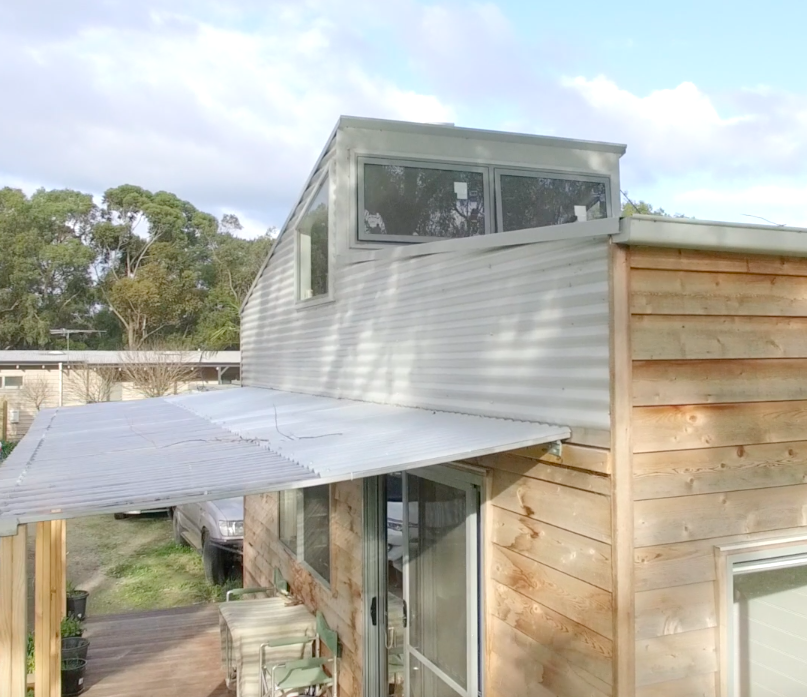
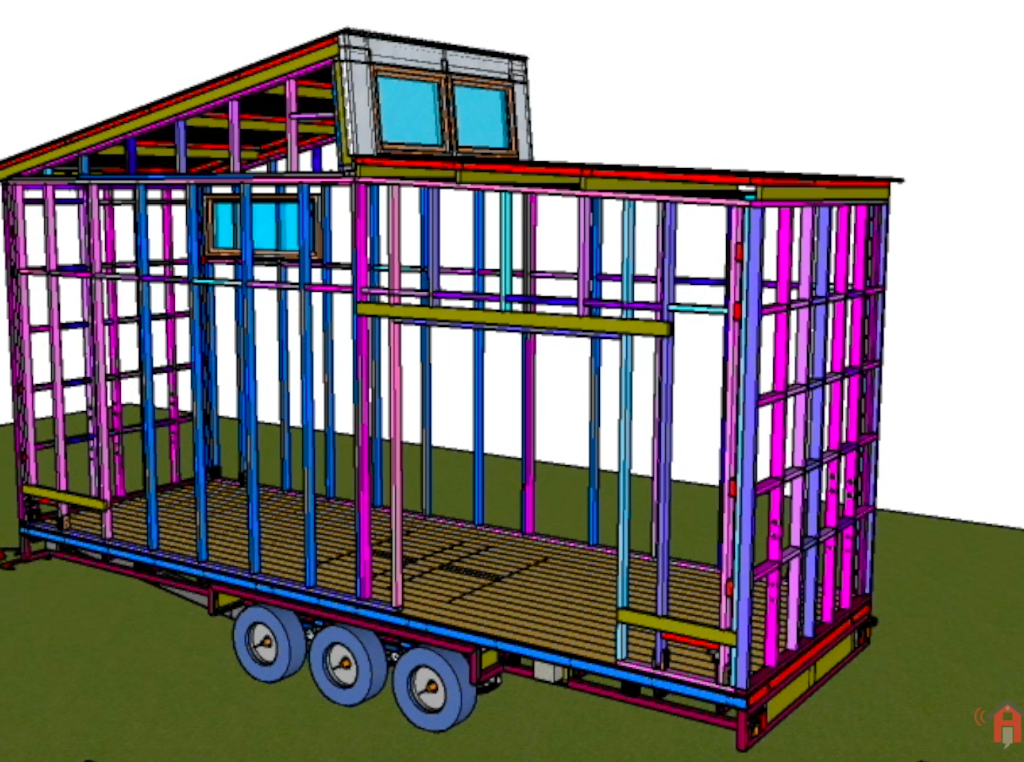
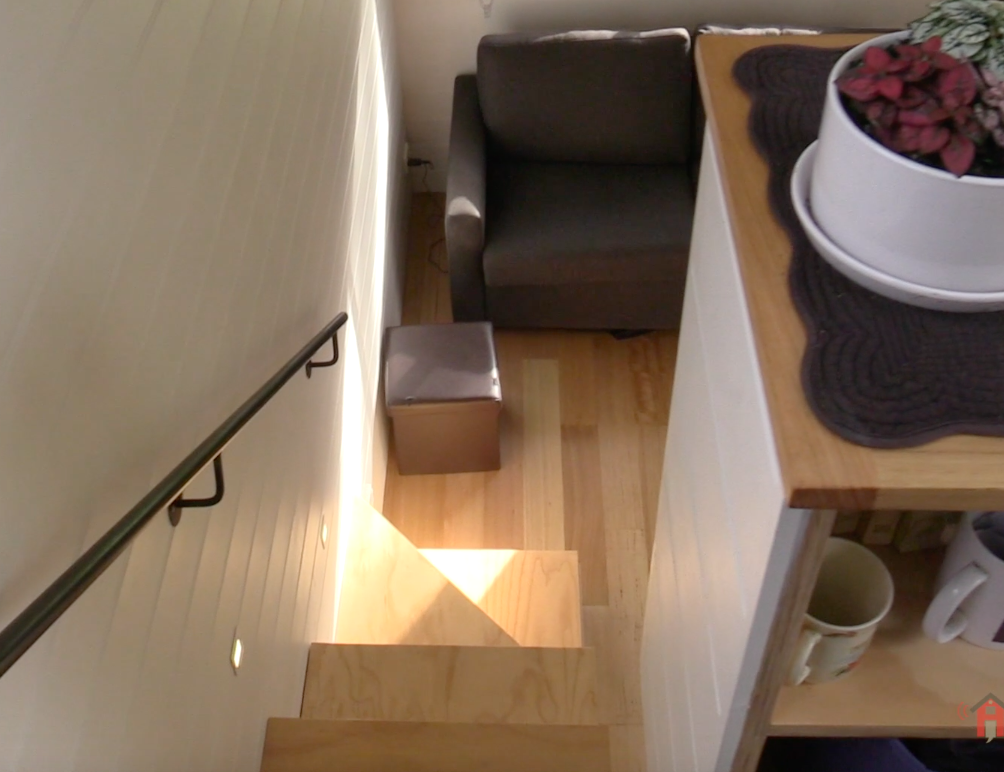
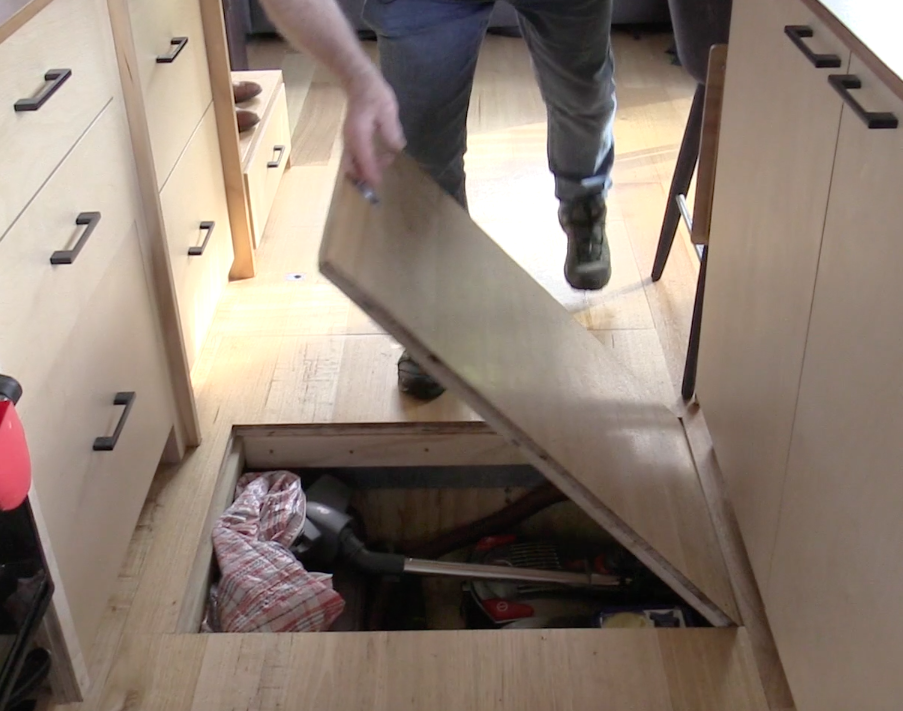
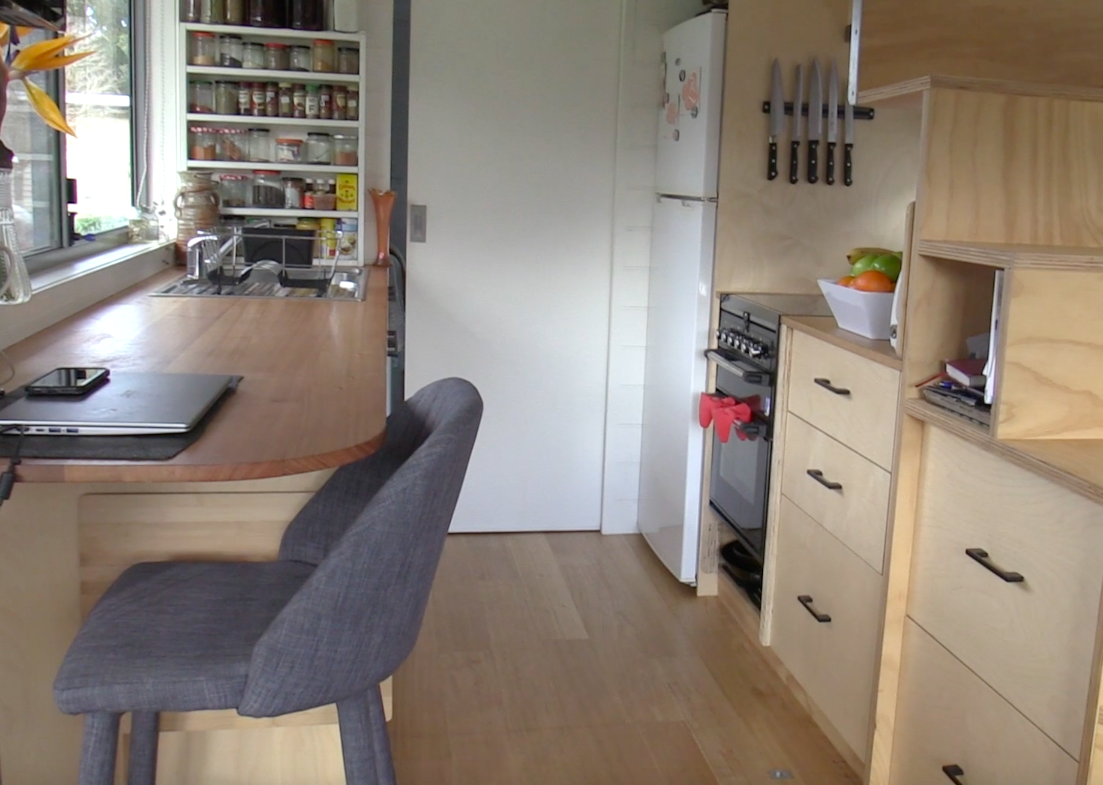
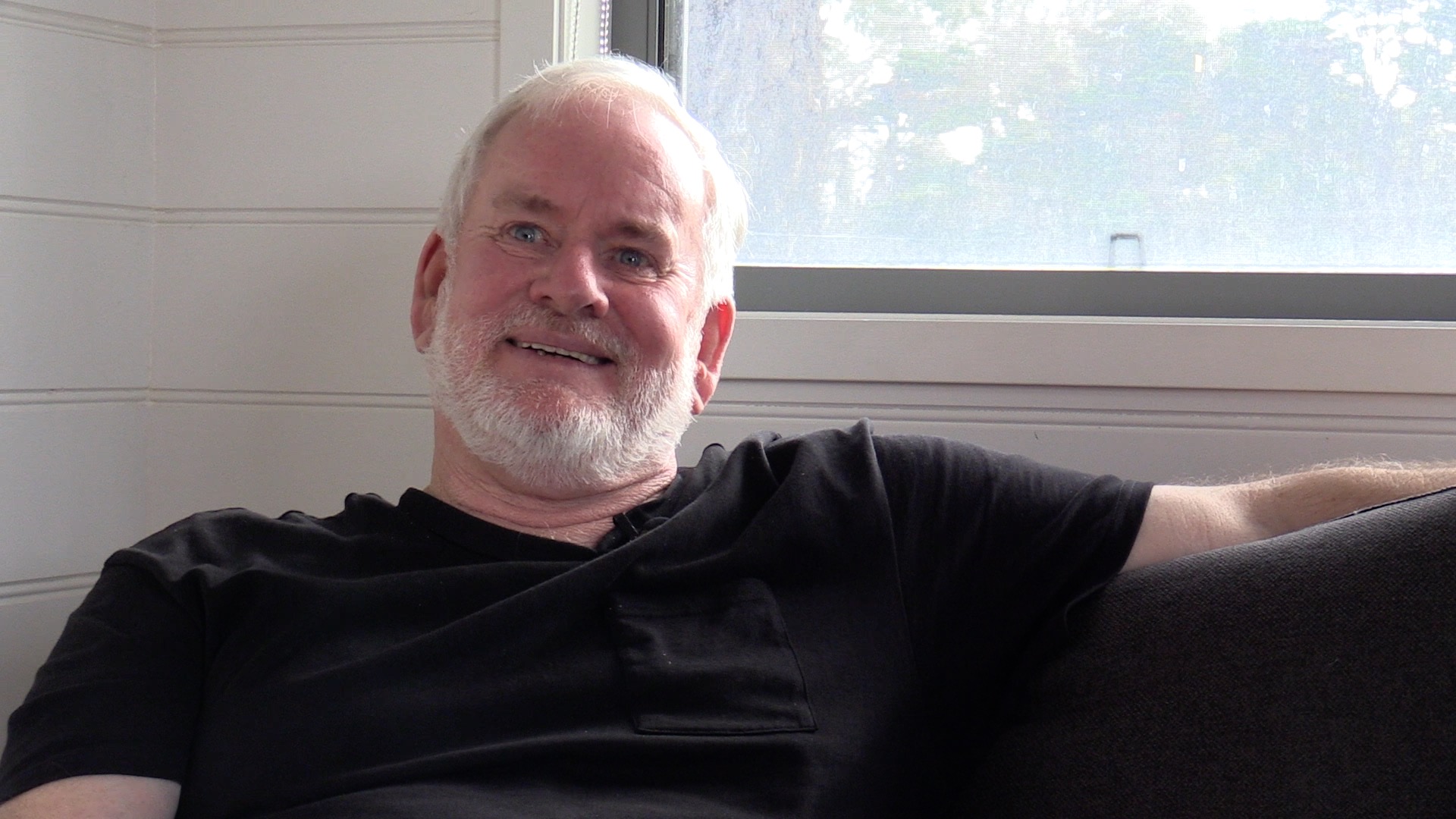
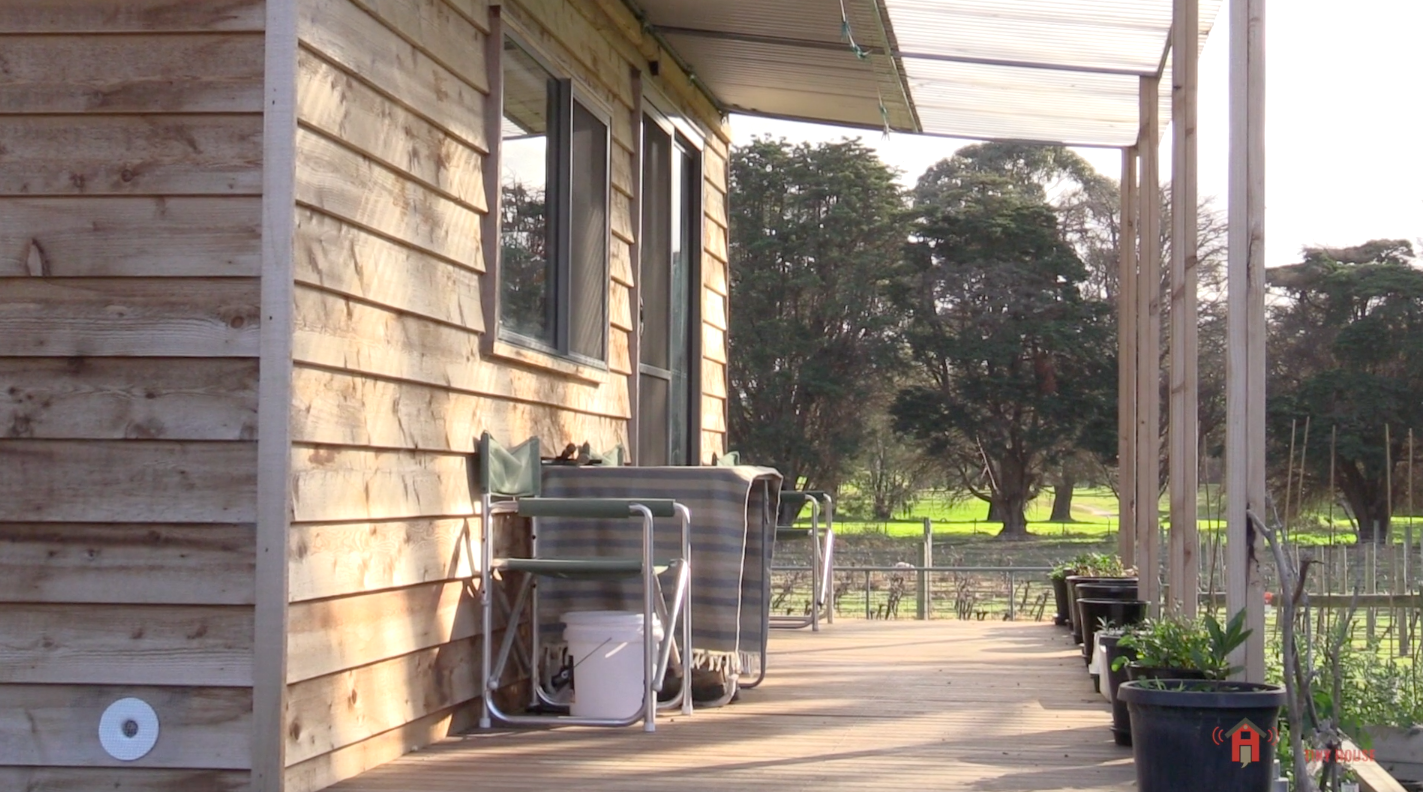
Trailer Details
Length: 7.2m
Width: 2340mm Asymmetrical for fixed side awning
Style: Flat Top Hot Dip Galvanized
Build period: June 2020 – December 2020
Professional Builder
You can do this, too!
Jim started his tiny house building journey by attending a Weekend Workshop with Fred’s Tiny Houses.
He took all the knowledge that they gained in that course and bought a Fred’s Tiny House Trailer. He then got his tiny house designed through Fred’s Tiny Houses design services (no longer offered) and engaged a local builder to build his successful pop-up roof tiny house – which he continues to live in!
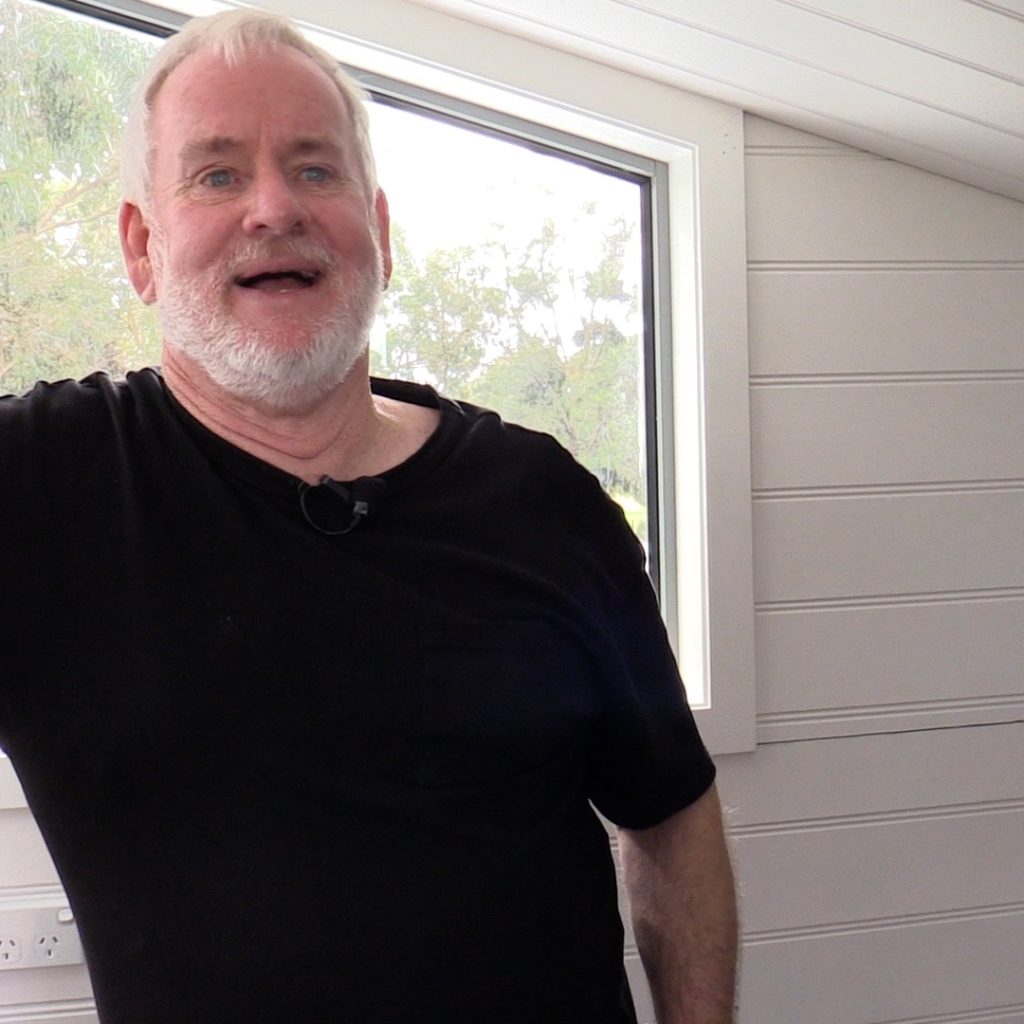
Jim gave a testimonial in this video after attending the Castlemaine Weekend Workshops (we accidentally called him ‘Martin’! Sorry Jim!!)
